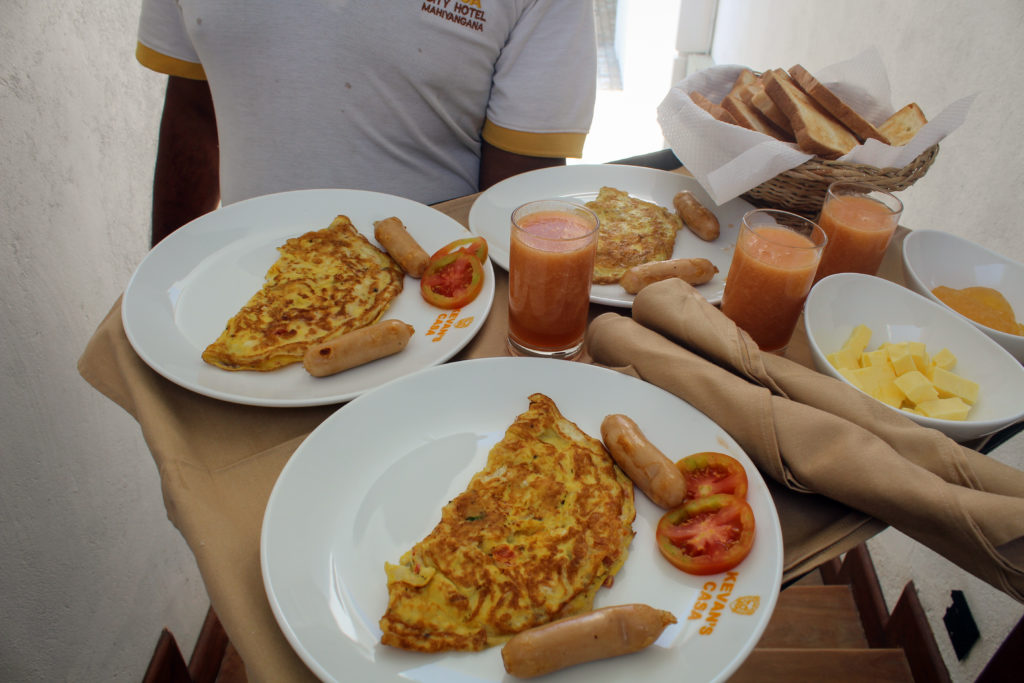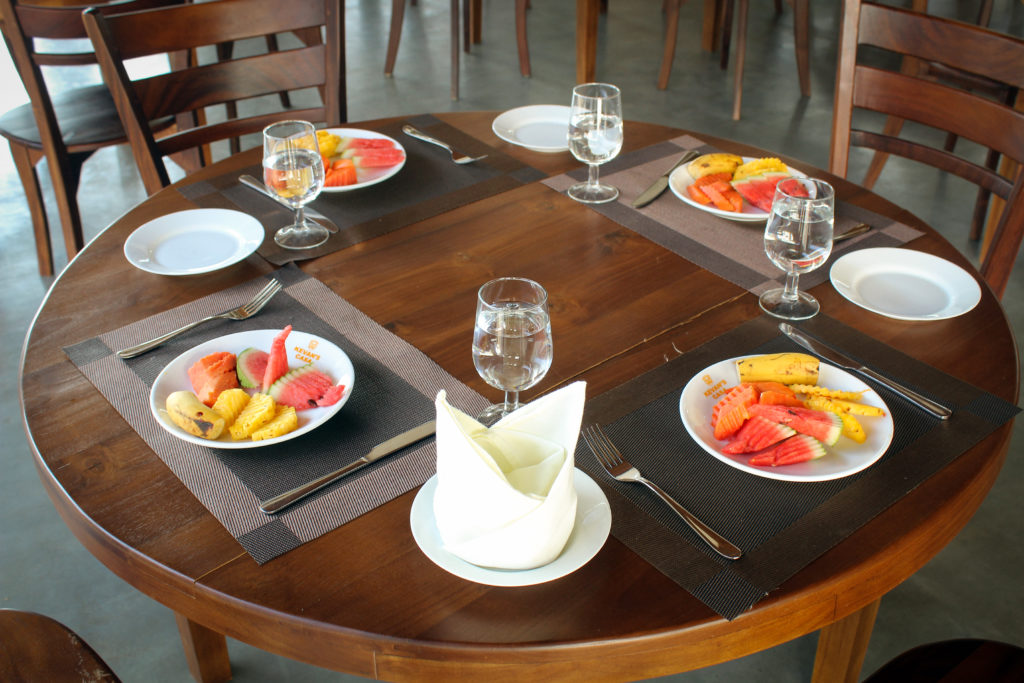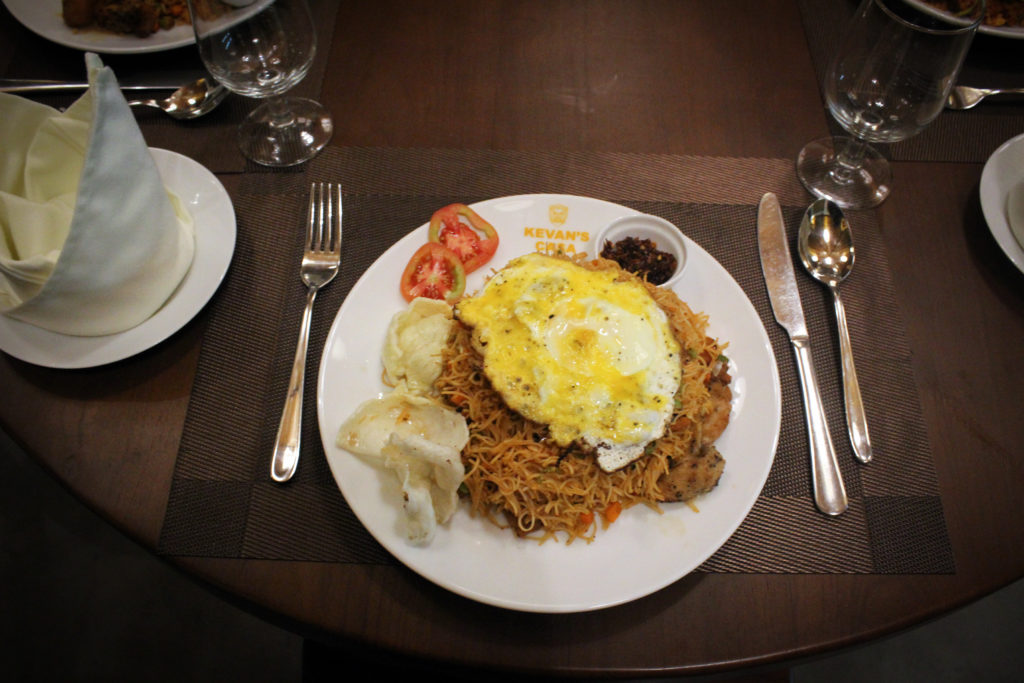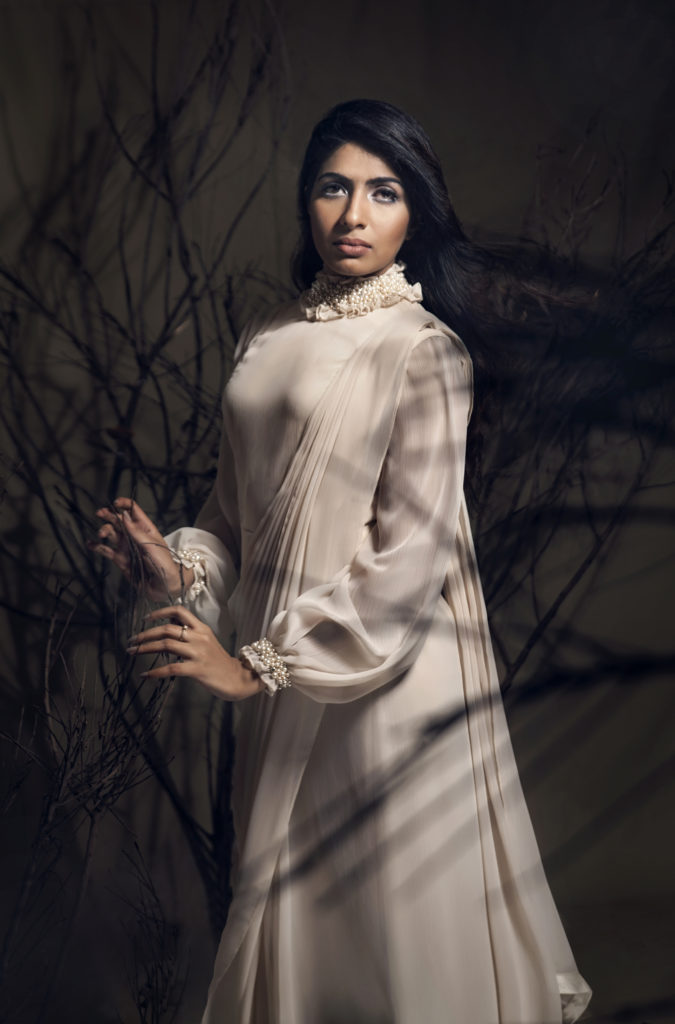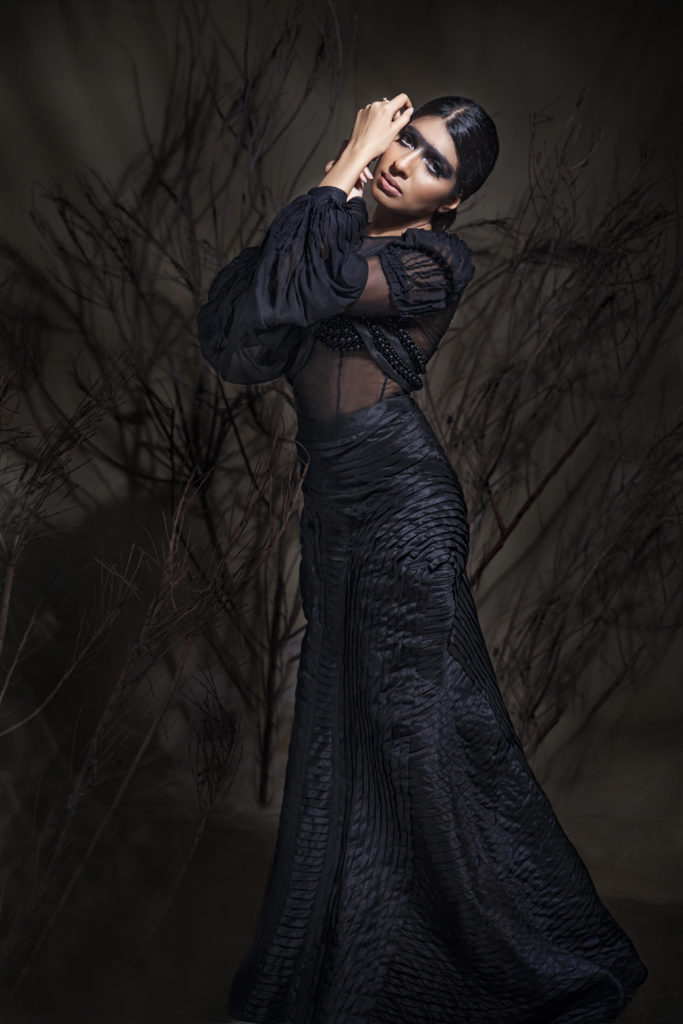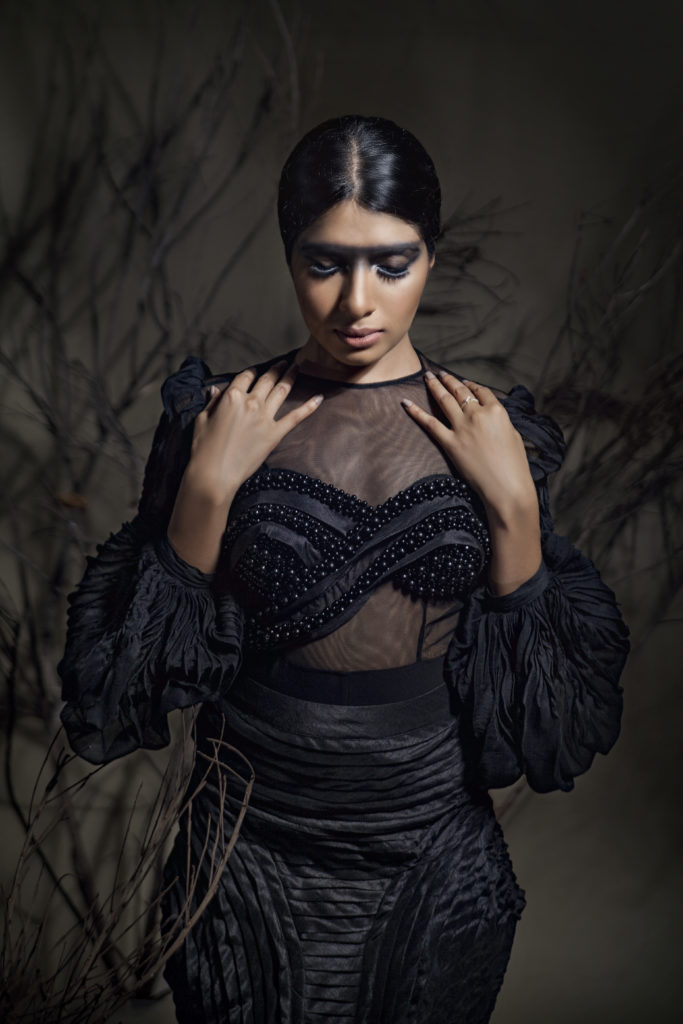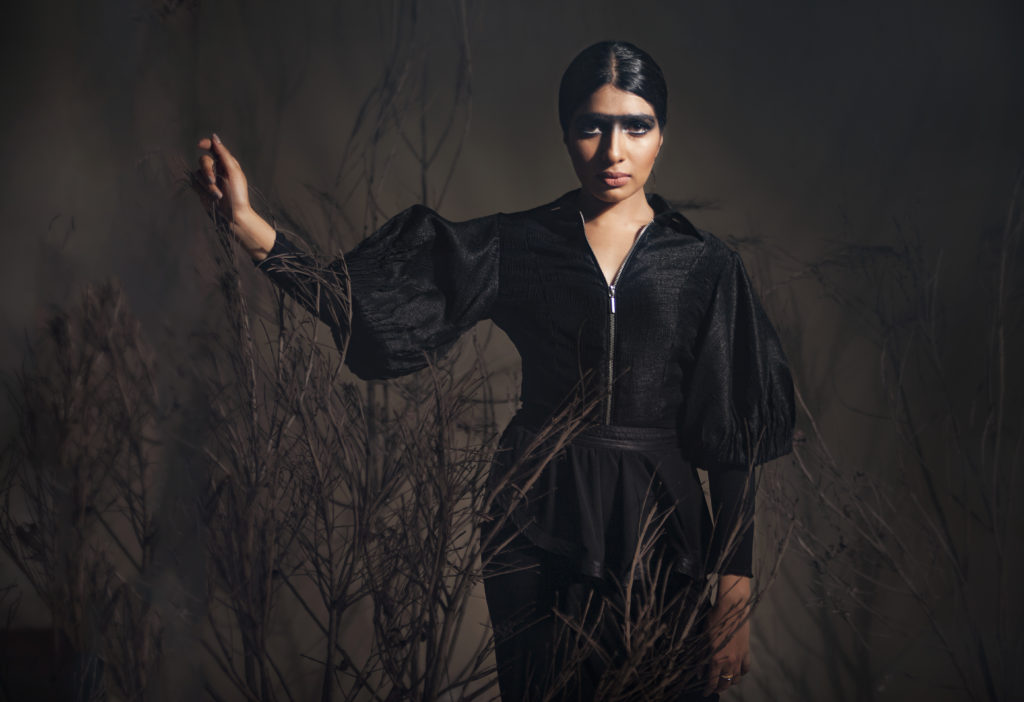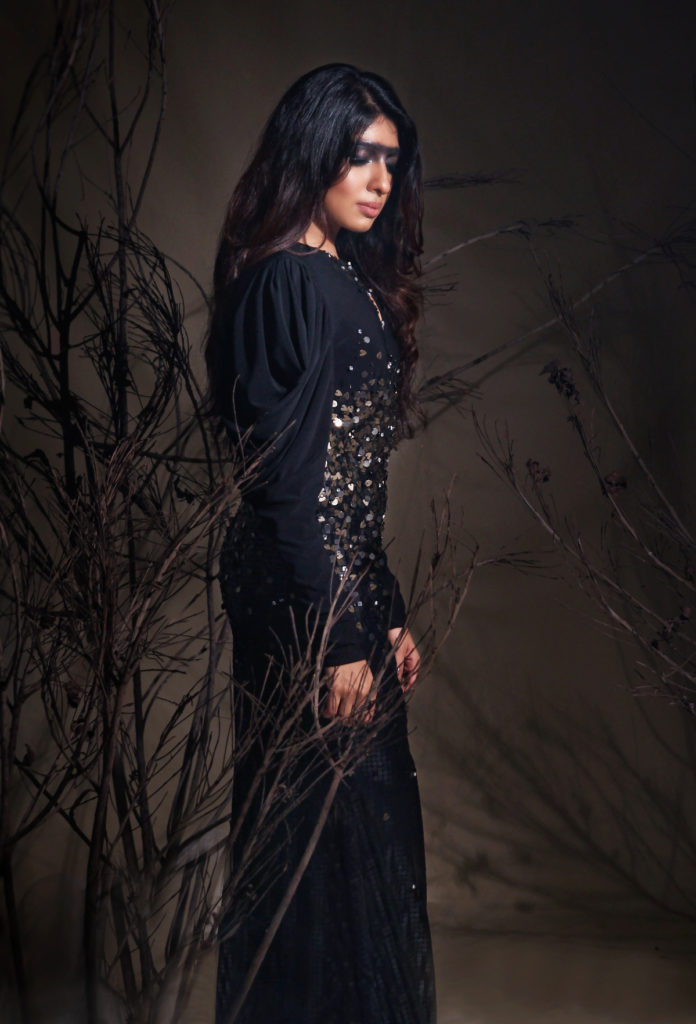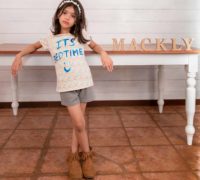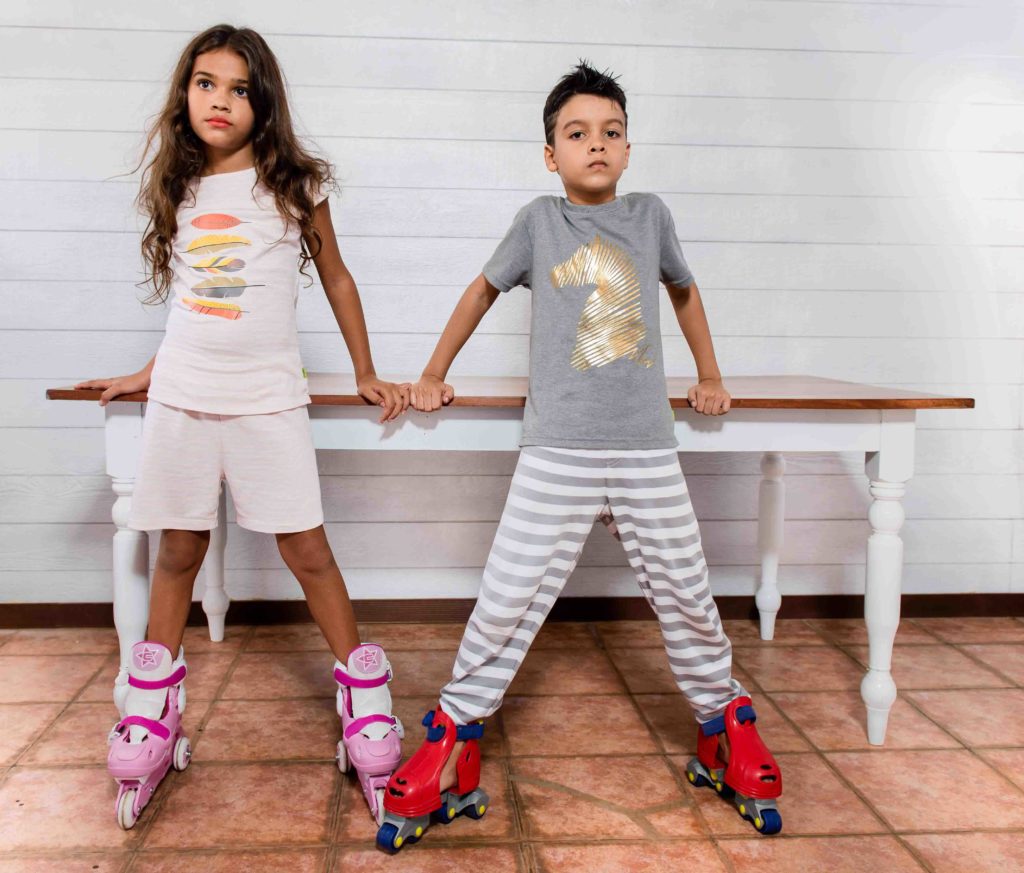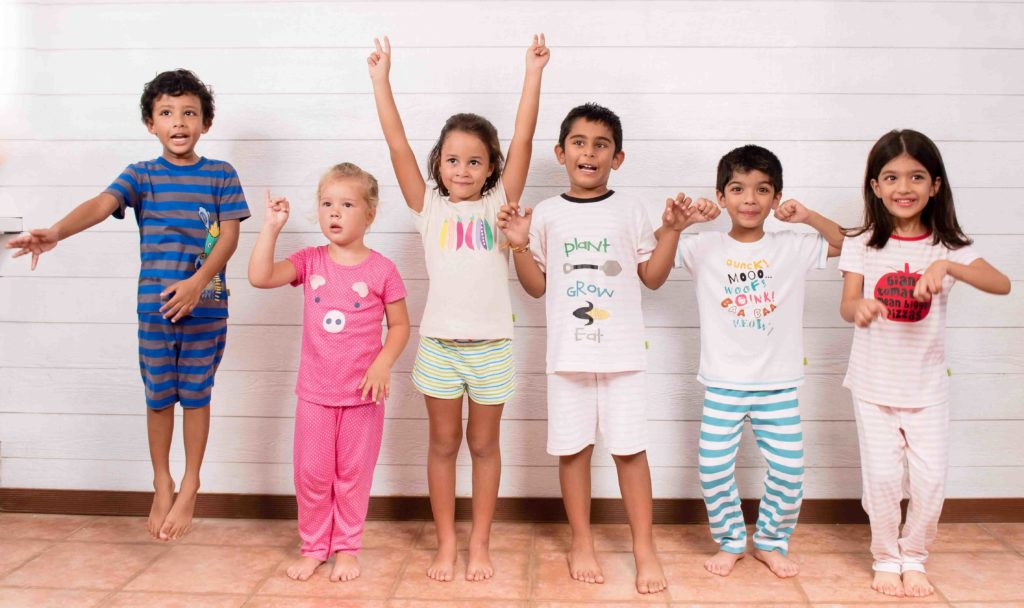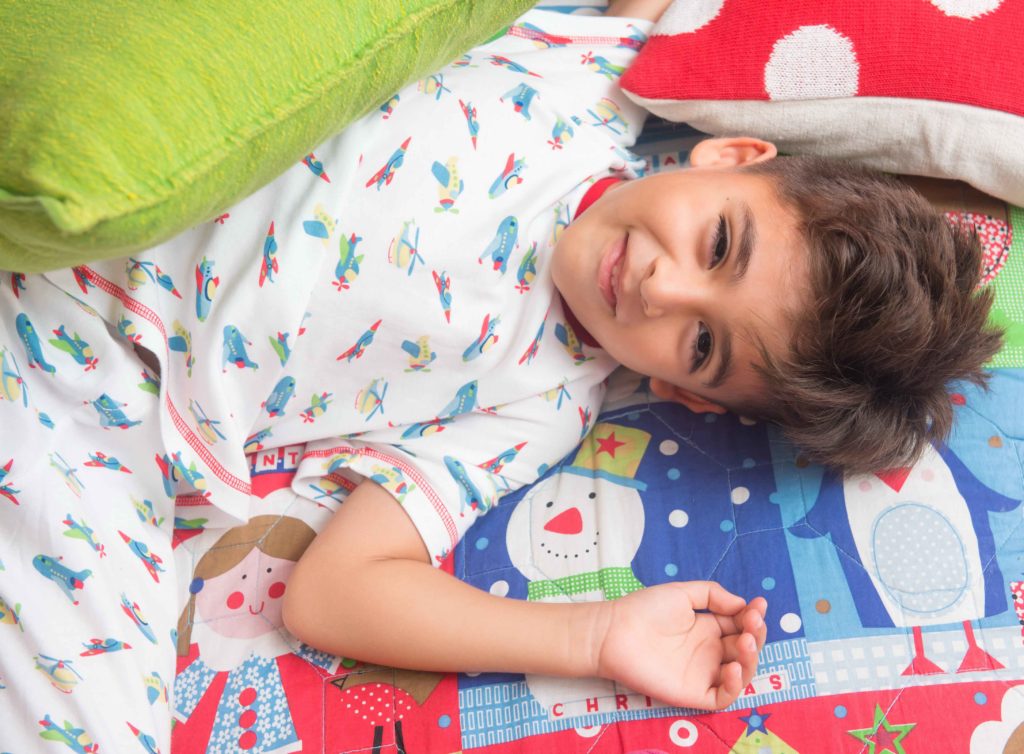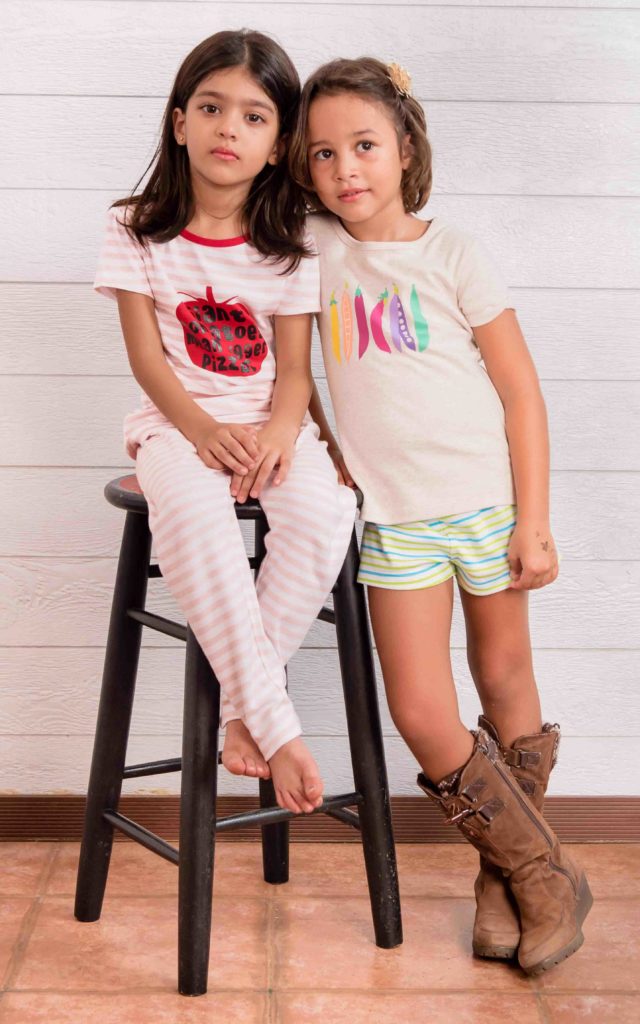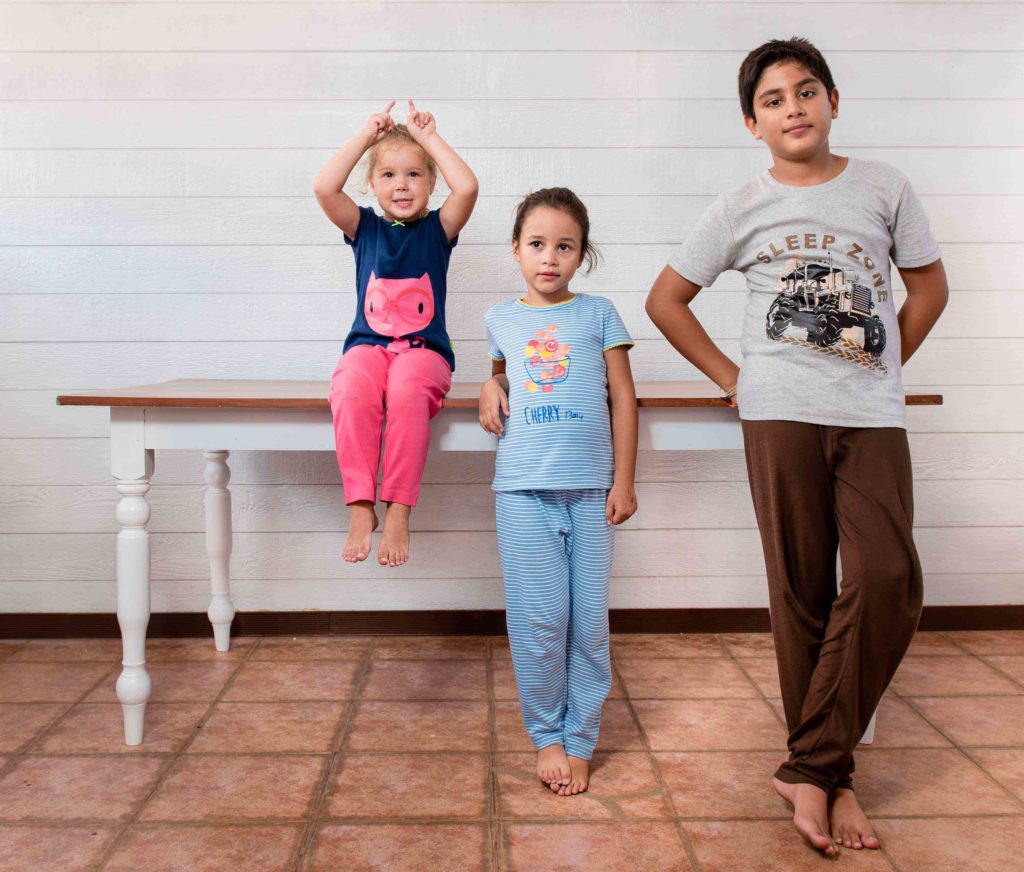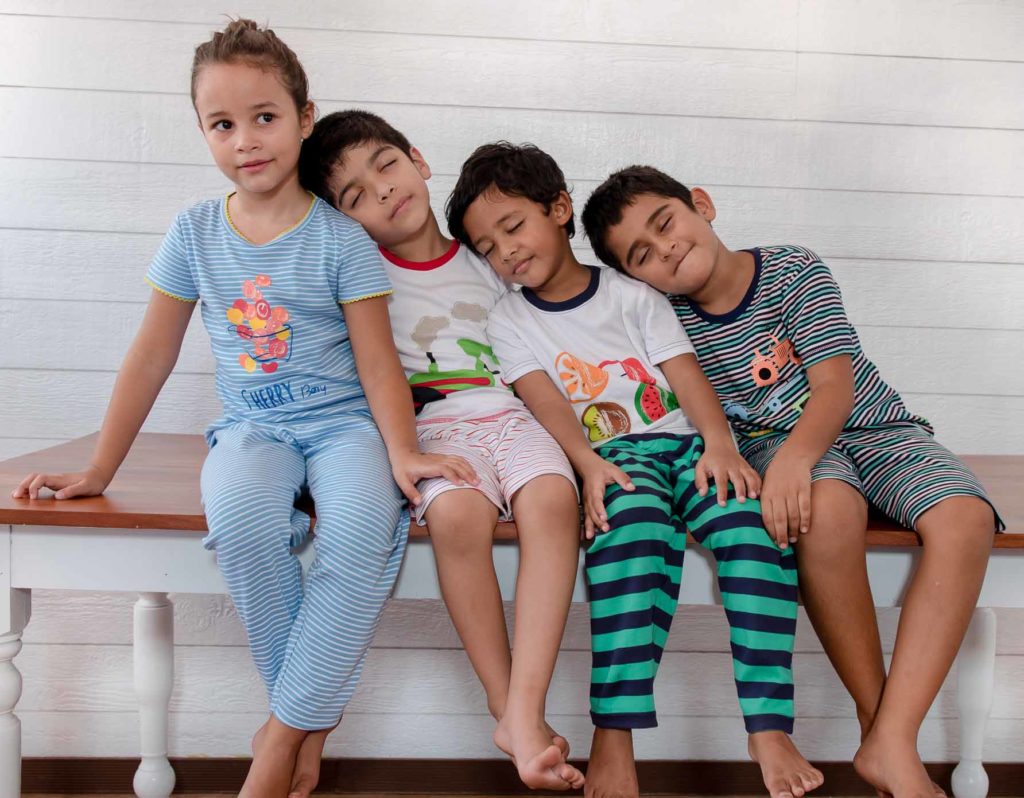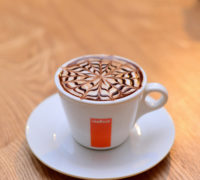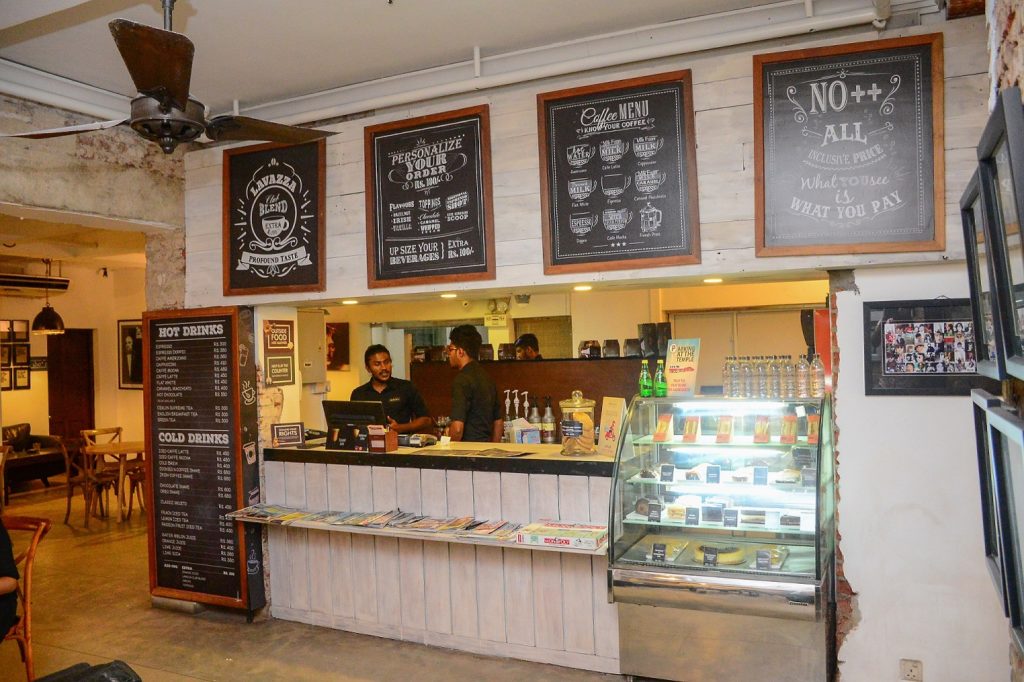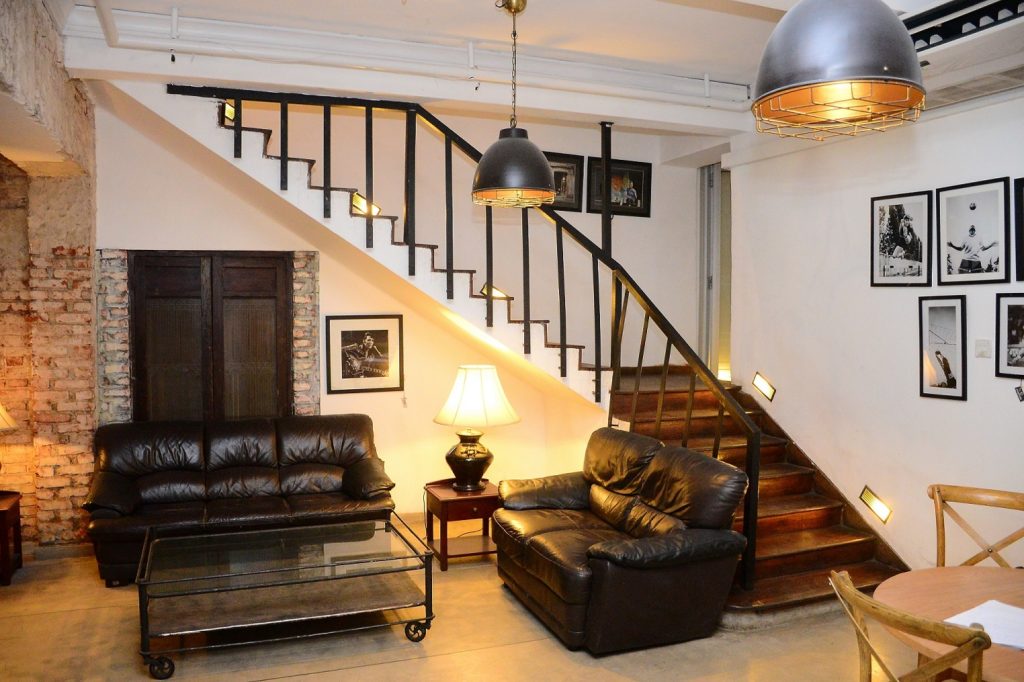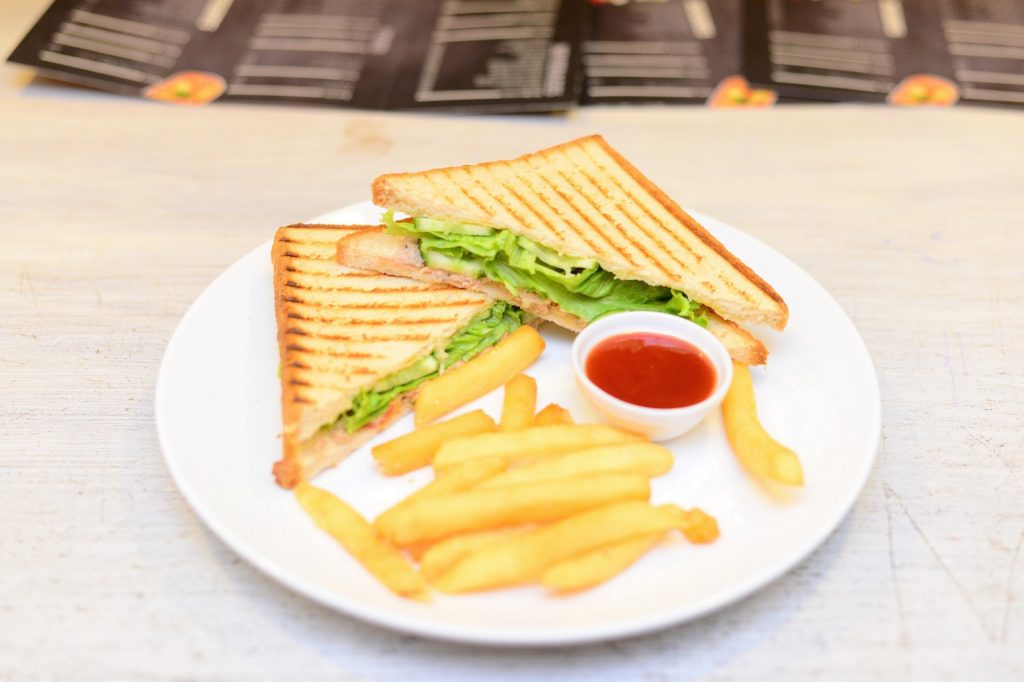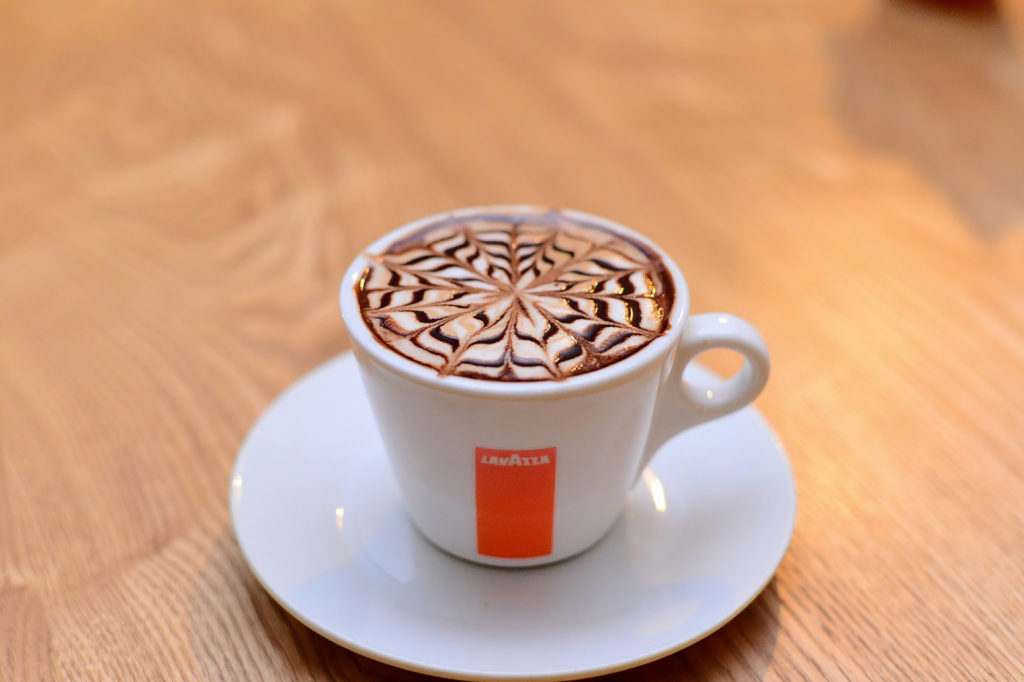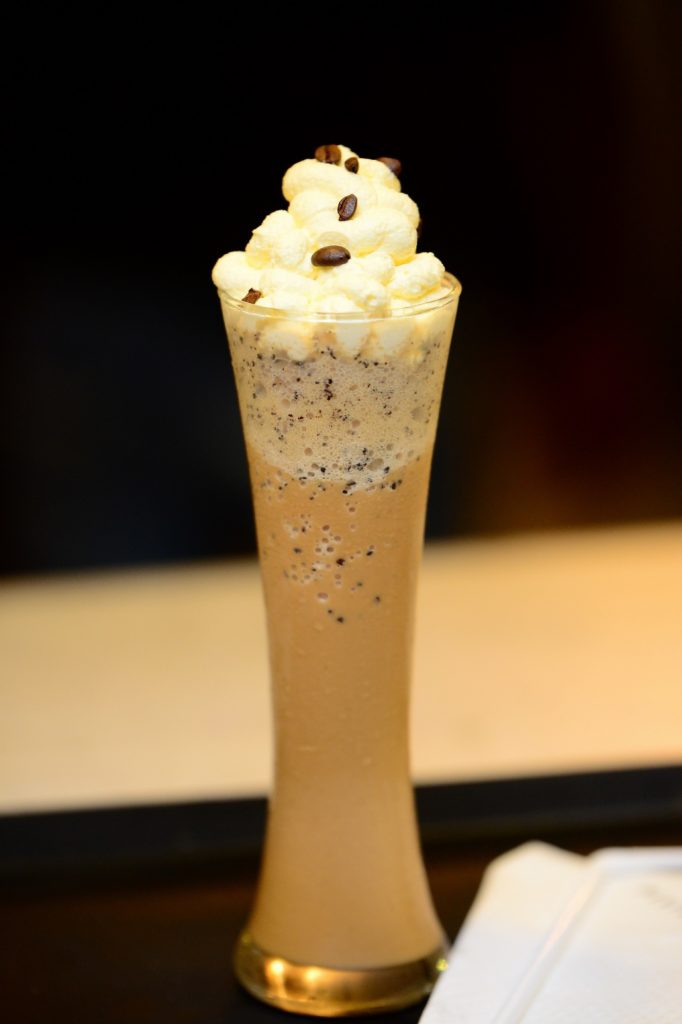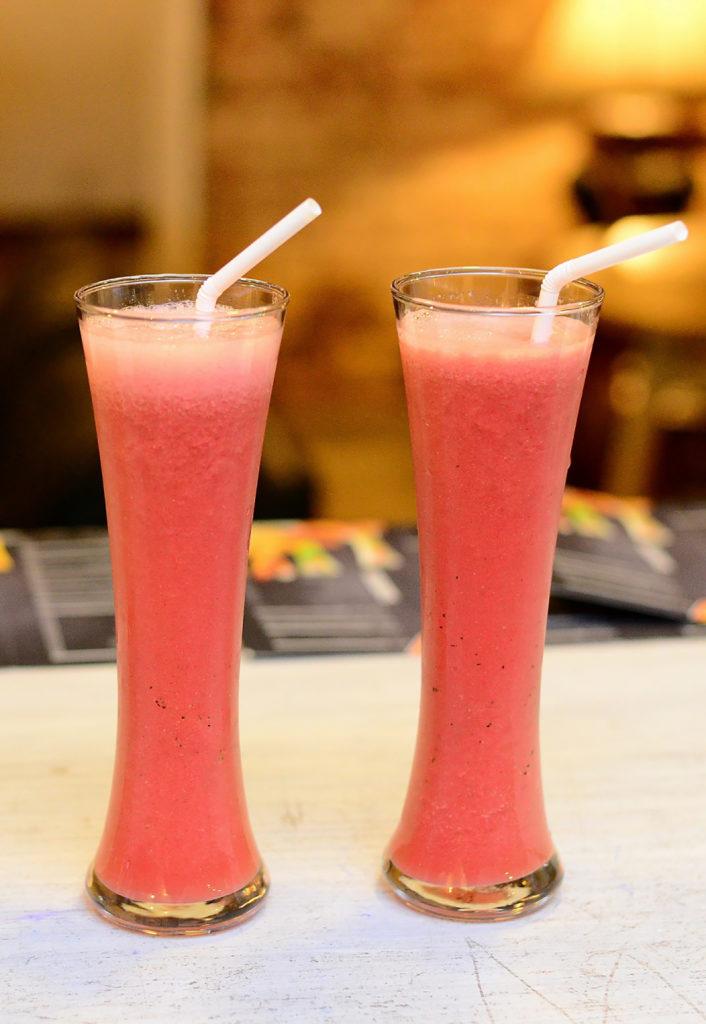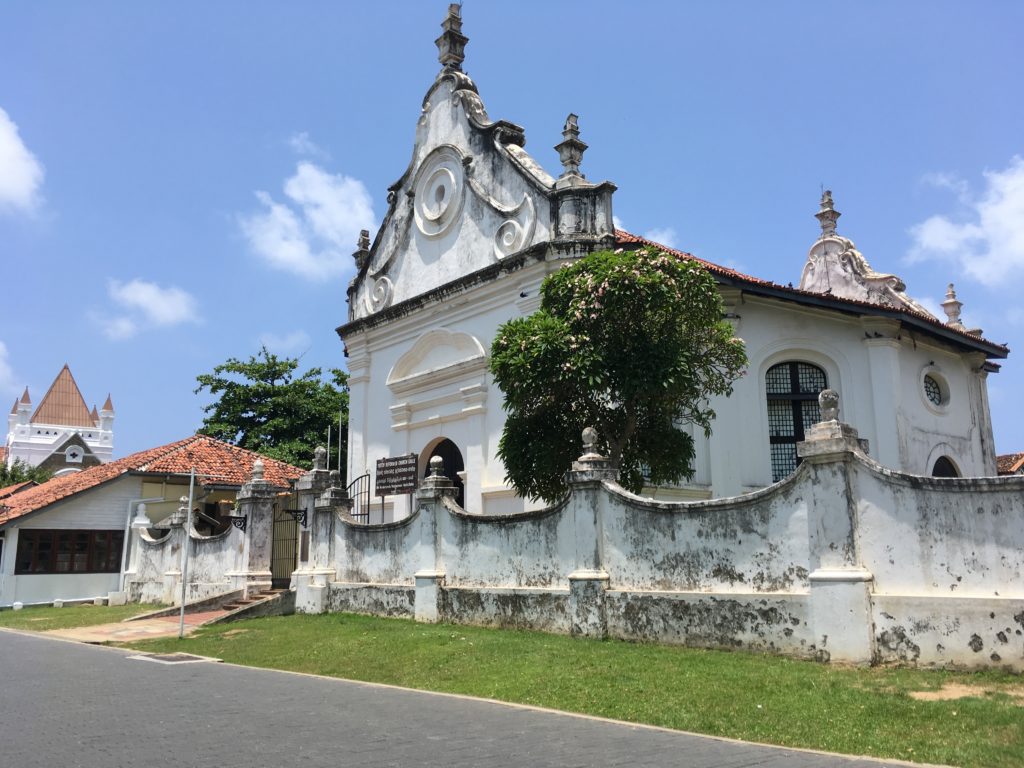
Leaving Colombo city on a hot April morning, we made our way towards the southwestern tip of Sri Lanka, to explore the remnants from an era that shaped our country’s future. We left early with the hope of avoiding the traffic and the heat. However given that spring time (February – April) is the season for tourism in this area it was pretty crowded and the streets of the fort were bustling with both local and foreign tourists. There are many versions to how the suffix ‘Galle” came about. One version of it is that it derived from ‘Gallus’ from the Dutch language meaning ‘hen’. Another is that it was a ‘Galaa’ in Sinhalese language meaning a place where cattle were herded.
The Galle Fort is an interesting structure that was first built by the Portuguese in 1588. The Portuguese fleet first took shelter in the Galle harbour in 1505 where they saw the strategic importance of it given its natural focal point as the southernmost part of the Silk Routes connecting Asia and the Mediterranean. However it was only in 1587 that the Portuguese began construction of a small fortalice made of palm trees and mud in the northwest peninsula of the harbour. However the harbour’s prominence can be traced back to Ptolemy’s world map of 125-150AD where it was highlighted as a busy port for traders from Greece, Arab countries and even China. The fort was initially called by the Portuguese as ‘Santa Cruz’ which was extended with a watch tower, three bastions and a fortalice to guard the harbour.
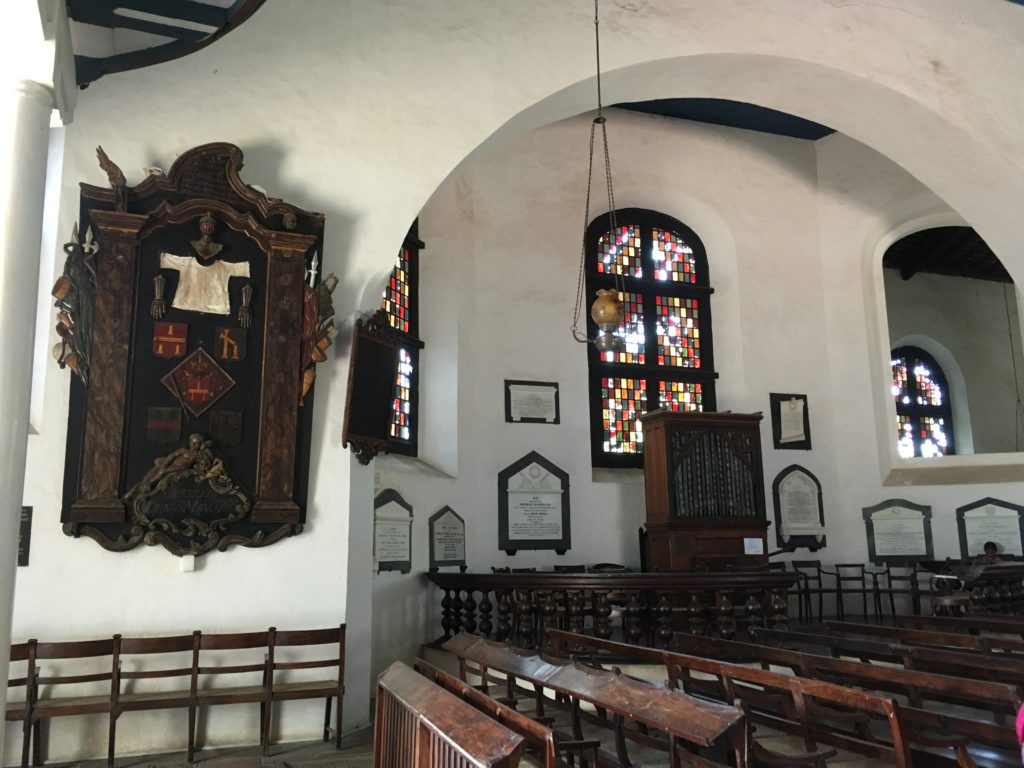
Events took a turn in the 1640’s where the Dutch entering to an agreement with the then King Rajasinghe II to capture the Galle Fort. Thus the Dutch with a force of about 2,500 men wrestled the fort from the hands of the Portuguese that left the streets of Galle littered with dead. This fortunately was the only occasion the Galle Fort witnessed such conflict. Although this was not equally favourable to Sri Lankans at the time, the Dutch were instrumental in building the fort as seen in its present form in the Dutch Architectural style. The 36 hectare fort was greatly improved, with the construction of 14 massive bastions, three of which ‘The Sun’, ‘The Moon’ and ‘The Star’ Bastions were deemed most important. The Dutch encircled the entire peninsula by building impregnable fortifications including a sea wall to make city planning for defense purposes complete in all respects. Inside the fort they devised a grid system of straight but narrow roads, while building houses with distinctive Dutch architecture; low roof with hospitable doorways with colonnaded steps (verandahs) and green courtyards. When one walks down the streets of the fort now, you can still experience what it would have been like to be a colonial exploring the fort city for the first time.
With the invasion of the British the good fortune of Galle ended. Colombo port was developed as the central harbour in Sri Lanka thus leaving no alternative commerce for Galle leaving it languished for decades. Perhaps this was a good reasons, as it was a thriving port, expansions to the structures would have caused irreparable damage to the forts heritage that is recognized internationally today. The fort today is a UNESCO World Heritage site thus leading to funding from the Netherlands government for conservation and restoration of the historical sites within the fort.
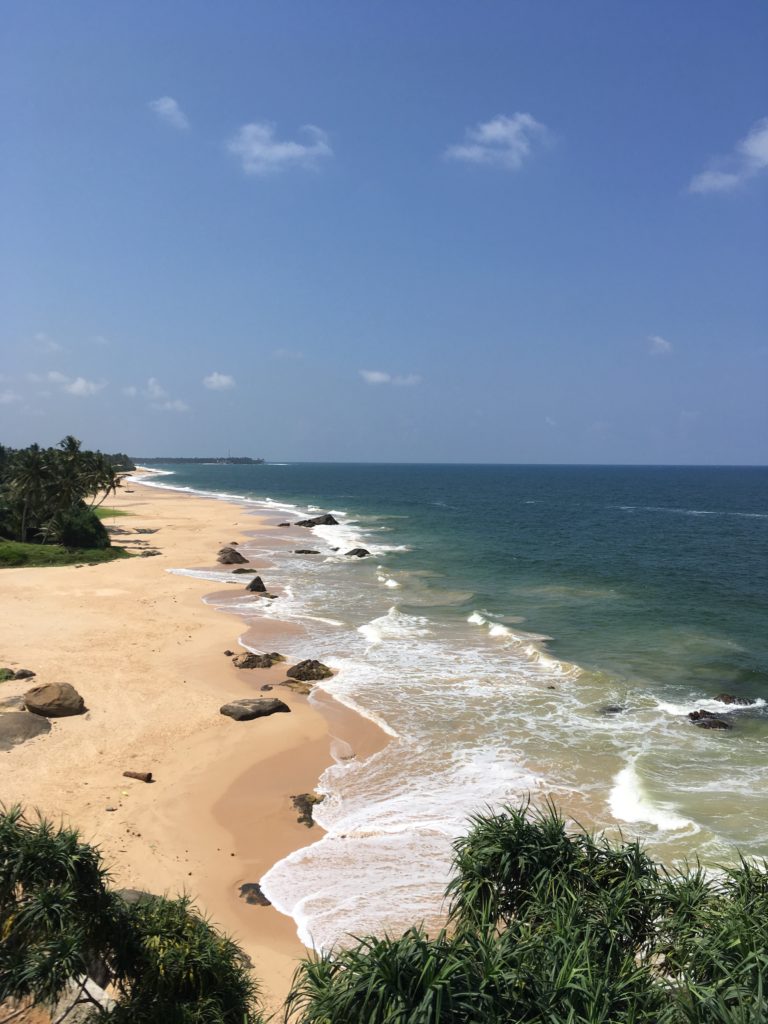
One of the first things we did when we stepped into the fort was to explore the National Maritime Museum. It is located in a 1671 Dutch Warehouse above the old gate of the Galle Fort. Although the building survived the impact of Boxing Day Tsunami in 2004, the UNESCO maritime archaeology unit was completely destroyed flooding and damaging the exhibits. It was a bit deserted when we went, however the site holds a wealth of knowledge and artifacts which made me feel how important our Island had been in terms of trade. If you are interested they do screen documentary movies (free of charge) on ship wrecks in the sea off the southern coast and other underwater explorations, which you can view. Unfortunately we could not visit the Galle National Museum, which gives me the excuse to perhaps visit this colonial city again.
The Groote Kerk or the Dutch Reformed church is another prominent historical site situated near the entrance of the fort. The church built in 1755, was thought to have been built on a Capuchin Convent however a German article published in 1767 shows that the area was a unused plot of land. The church was built as a thank offering by Commandeur Casparus de Jong and his wife Geertruyda Adriana Le Grand for the birth of their daughter. It is built on the highest point of the Galle Fort and is the third building to serve the Dutch Reformed Church. The church’s belfry which was erected in 1701, stands opposite the church at the corner of Queen’s Street[1].[2] The church houses a large number of tomb stones and is believed to have catacombs underneath the church. One tends to wonder if these catacombs by chance would have access to the secret tunnels believed to be underneath the fort. But one can only wonder.
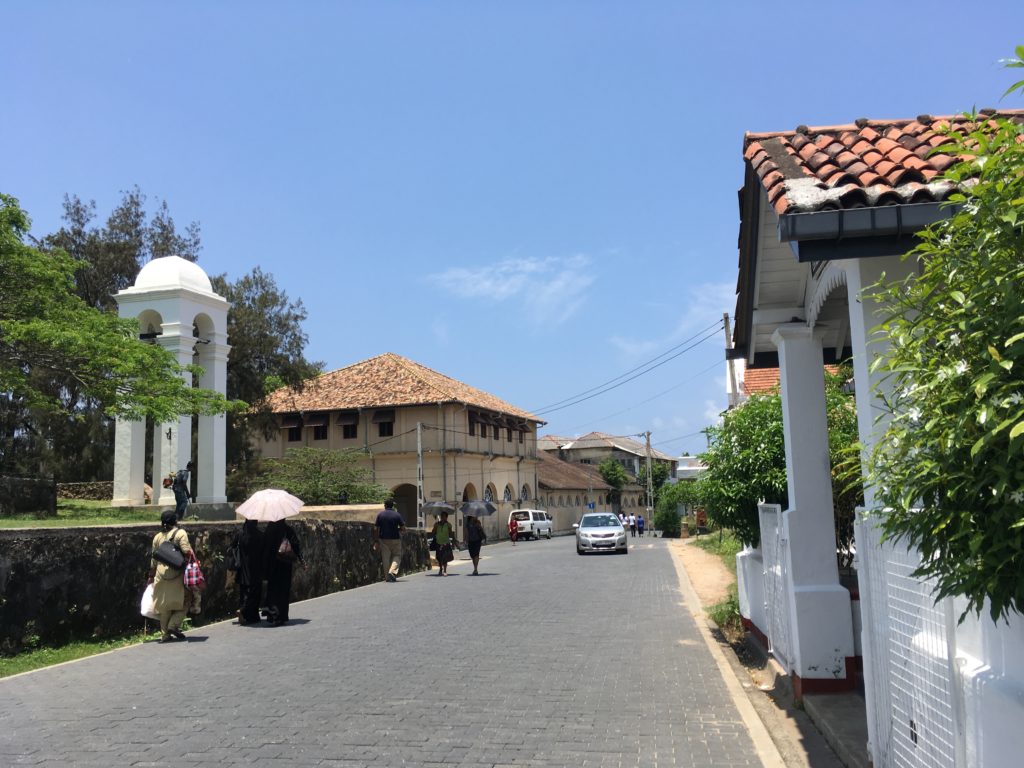
The next stop was the All Saint’s Church which was built much later and designed by J.G Smithers who later designed the Museum of Colombo. The church was constructed on the site of the former court house in the 1780s. It is said that the gallows stood on the site of the present altar. A large bell was placed in the centre dome in 1876 in memory of Rev. Dr. Schrader, who had made significant contributions to the church. However in the mid-1960s for security reasons the bell was lowered and left to be sold. Subsequently it was bought by the diocese and is now housed at the Cathedral of Christ the Living Saviour in Colombo. The current bell was acquired in 1968, from the Liberty Ship “Ocean Verity’, donated by the Clan Line Steamship Company. [3]
The Galle Fort city is lined with many restaurants, which can tantalize your taste buds. Most of the old colonial houses have been converted to Bread and Breakfast or boutique hotels, which you can easily book online. Most facilities such as money exchange centres and even to buy local souvenirs are all located with the fort. The Galle Good Market also comes to life on Saturdays, showcasing products that are both good for people and for the environment. You can find refreshing fruit juice, local nibbles and other organic goods and even antique jewelry and handloom clothes.
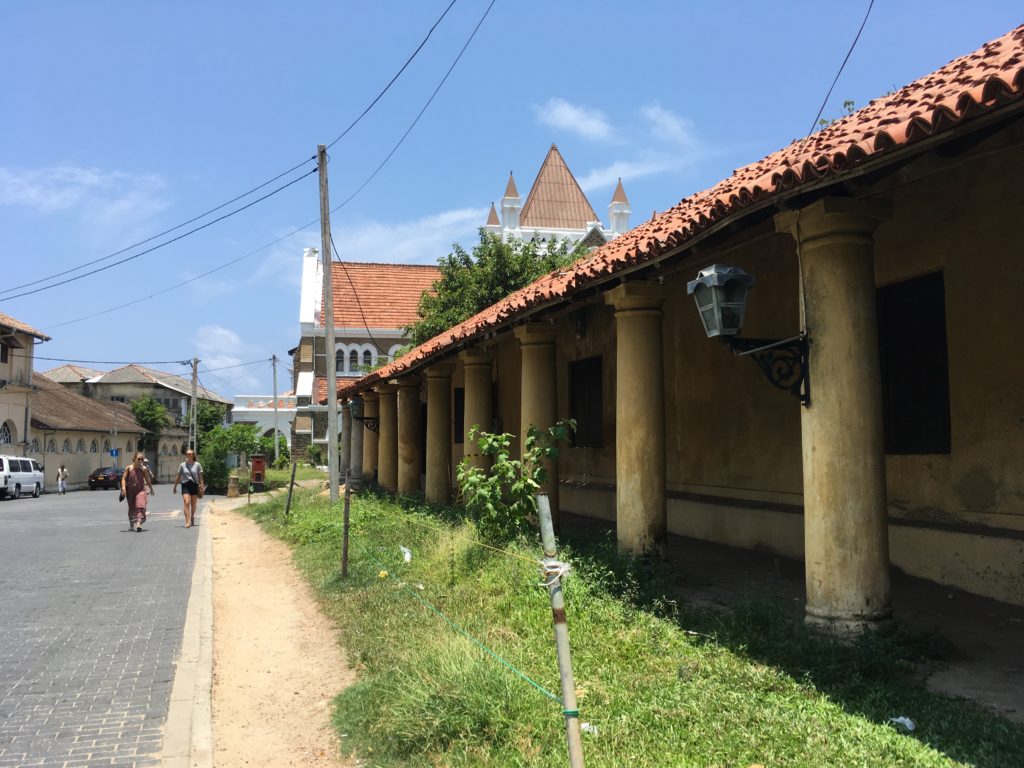
While walking down ‘Church Street’ in search of a good restaurant I also came across this really cool store, that designs and exhibits vintage posters. It’s called ‘Stick no bills’, where they specialize in authenticating and raising the profile of antique posters dating from the late 1800s. The retro designs were amazing and they have it different sizes and also as postcards. I instantaneously fell in love with all the designs they had because it portrayed the uniqueness of Sri Lanka. If you ever wish to derail from technology (whatsapp or otherwise) and send something old school to your loved ones this is the place to go.
Given that we were on a budget we opted to have lunch at Indian Hut, an affordable little place inside the fort. Making our way back to the vehicle we decided to stop by Pedlars Inn to get some delicious ice cream and head home as it was a very hot and busy day in the fort. Thus halting for now my exploration spirit and saving it for another day.
Text & Photography by Hasangani Edema
[1] https://en.wikipedia.org/wiki/Groote_Kerk,_Galle
[2] http://www.wolvendaal.org/churches-monuments/groote-church-galle
[3] https://en.wikipedia.org/wiki/All_Saints%27_Church,_Galle
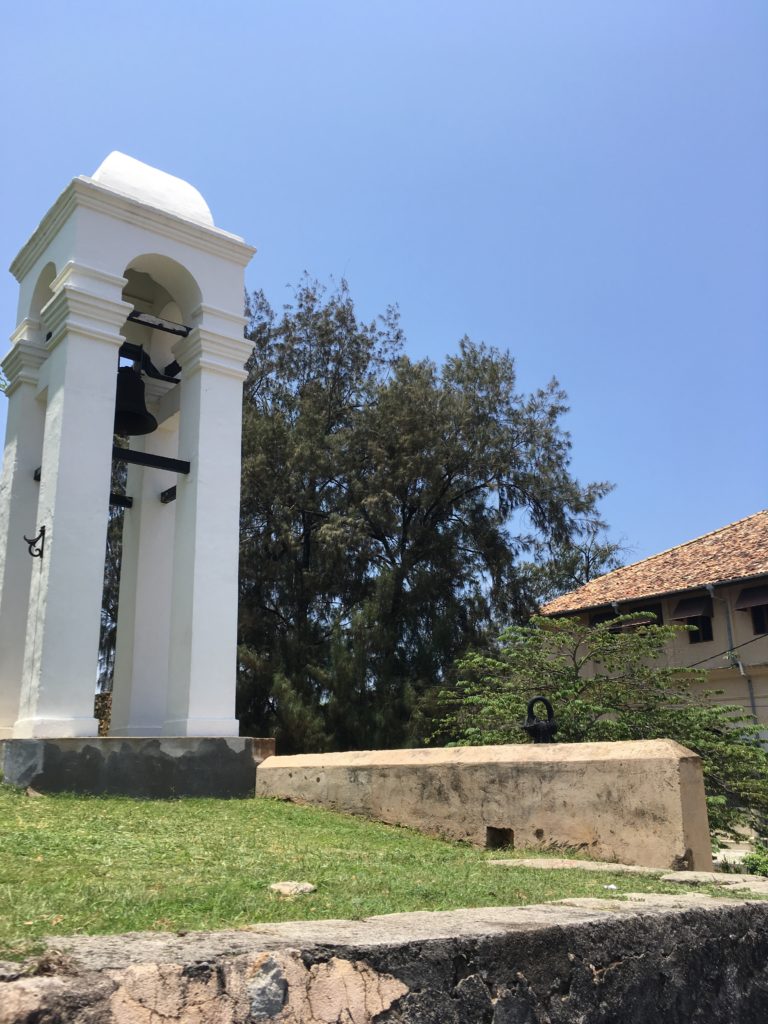
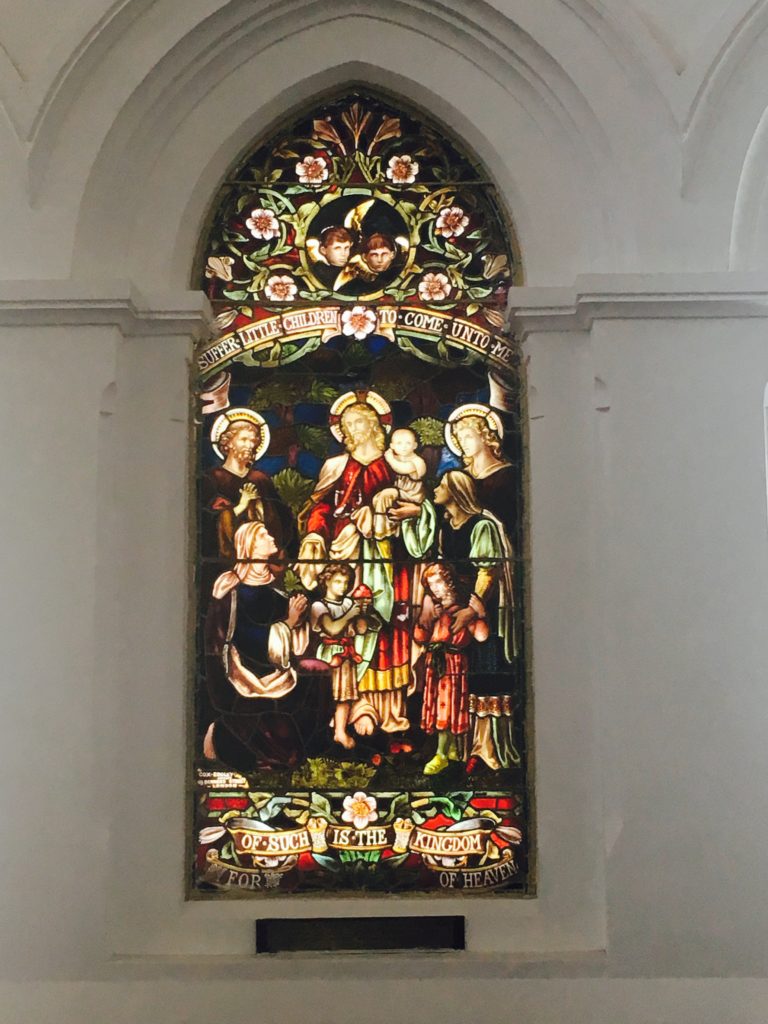
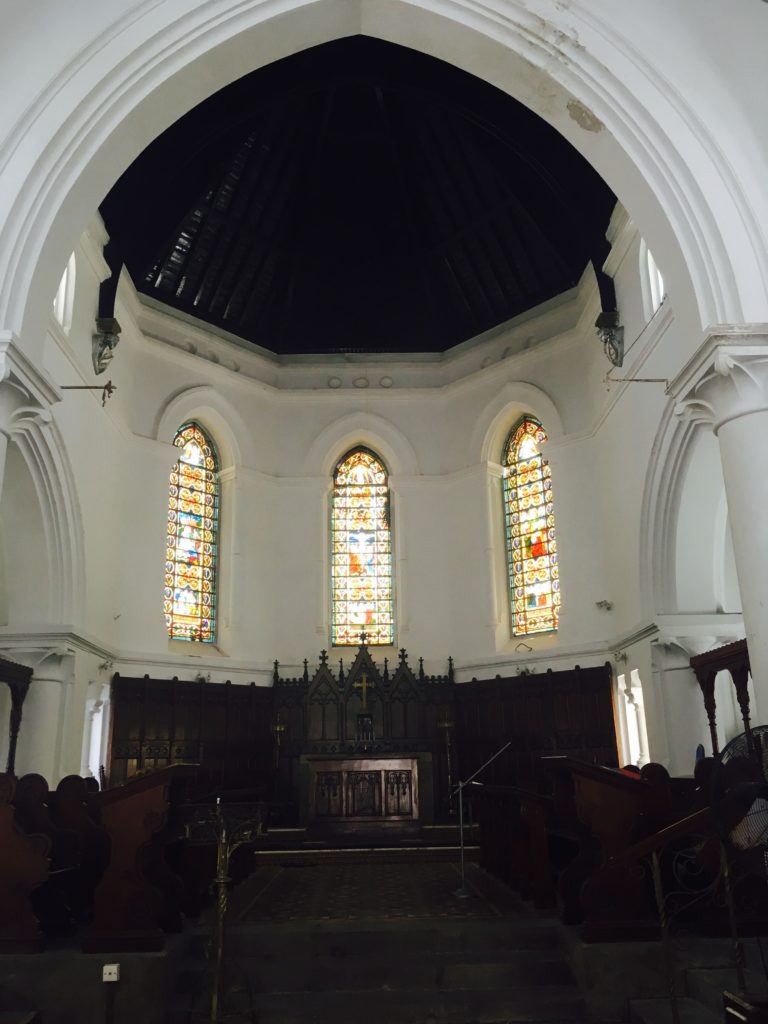
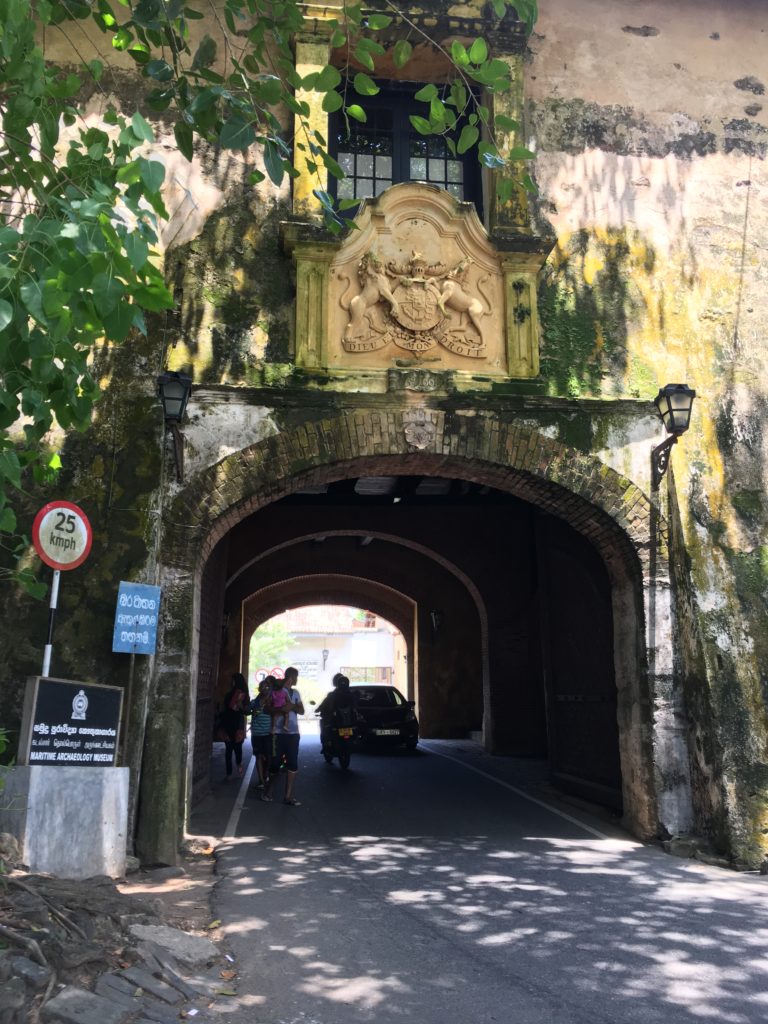
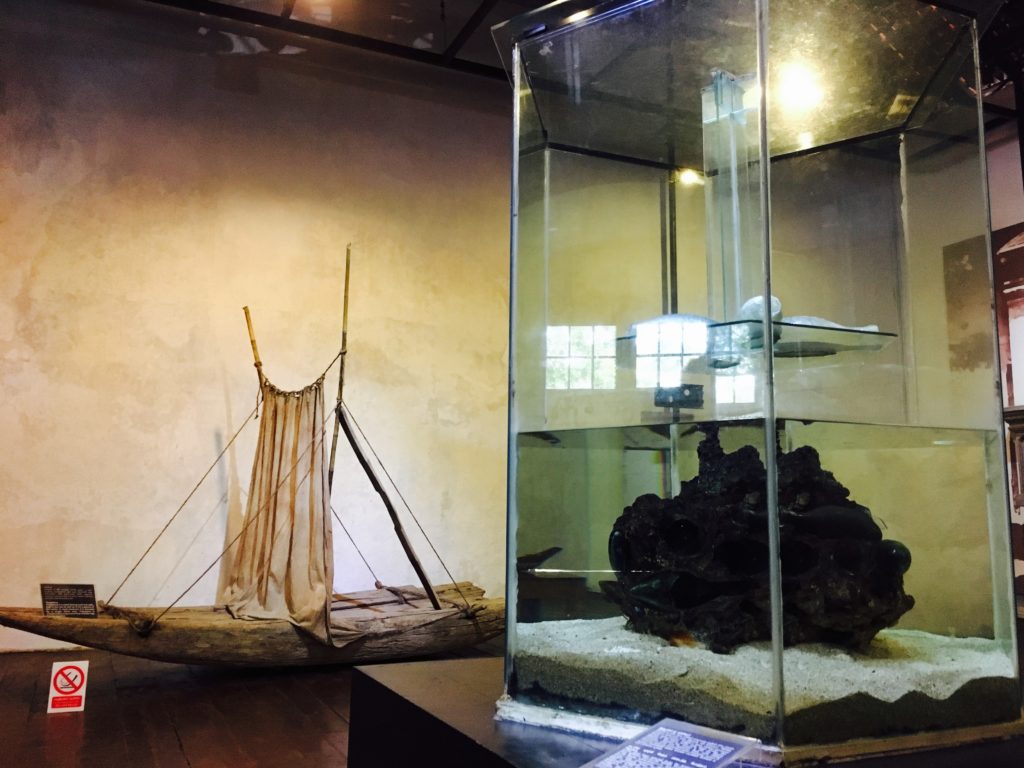
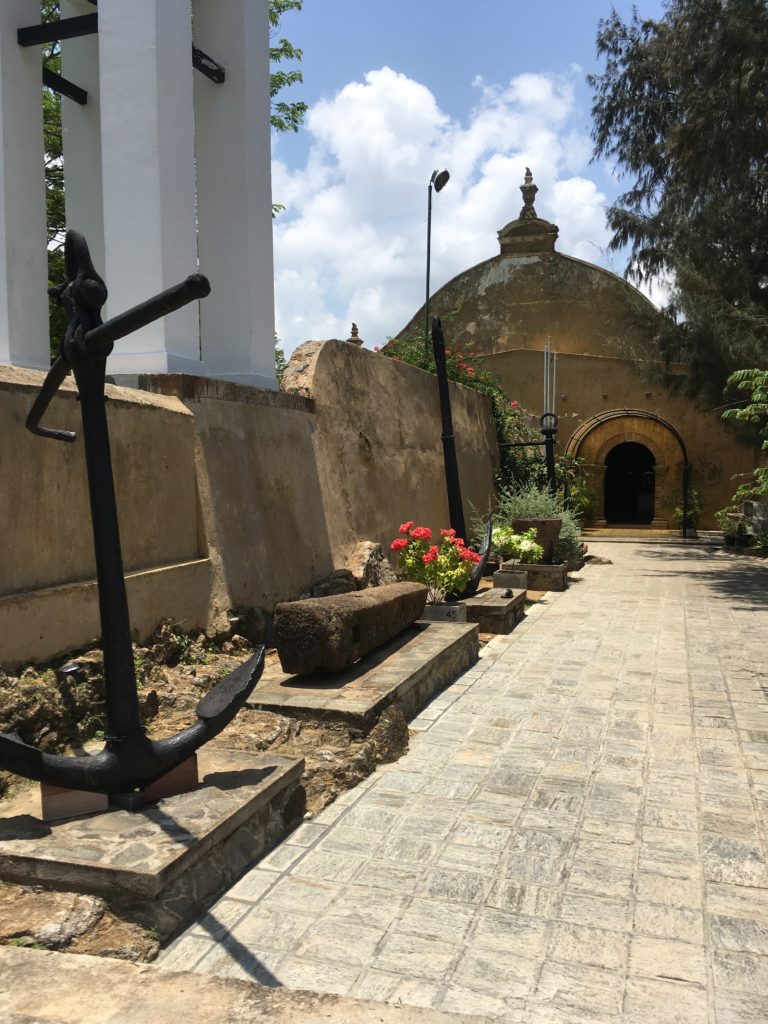
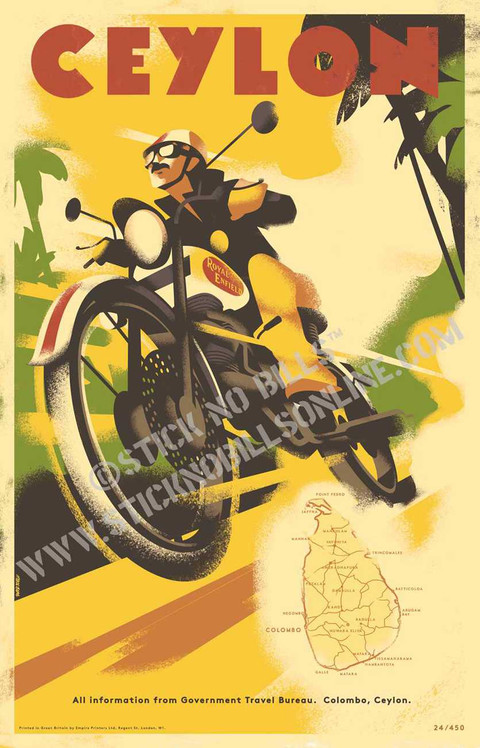
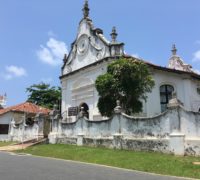
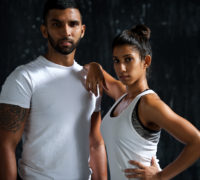
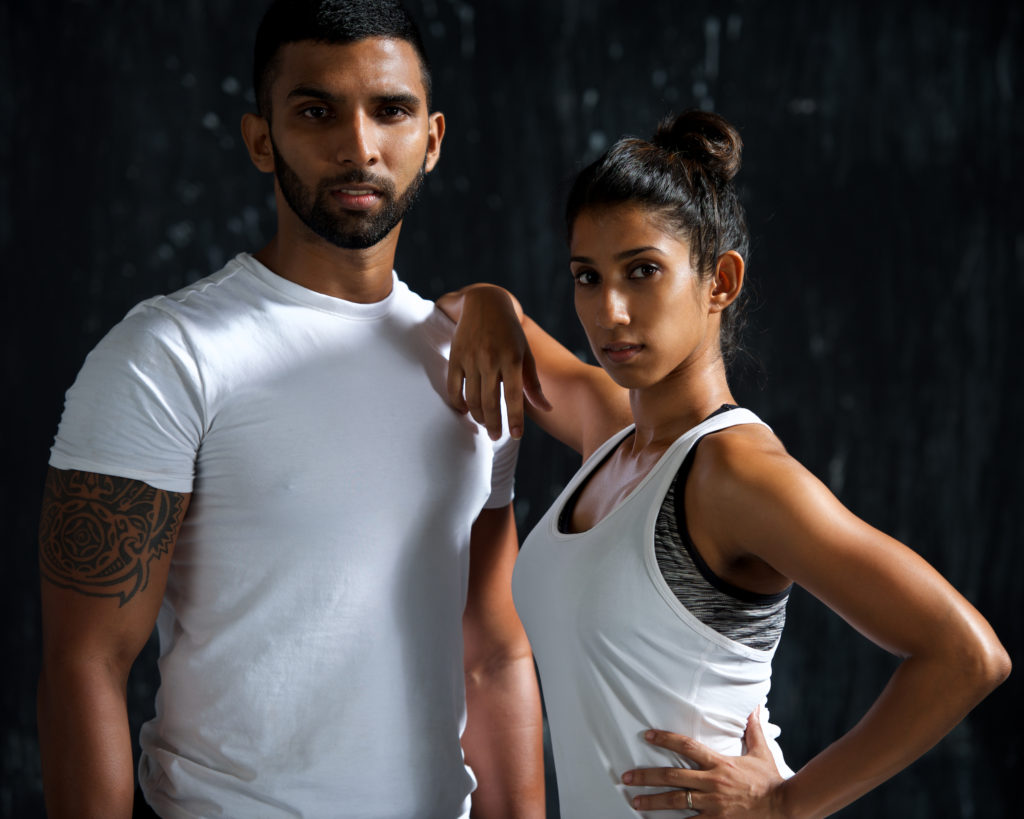

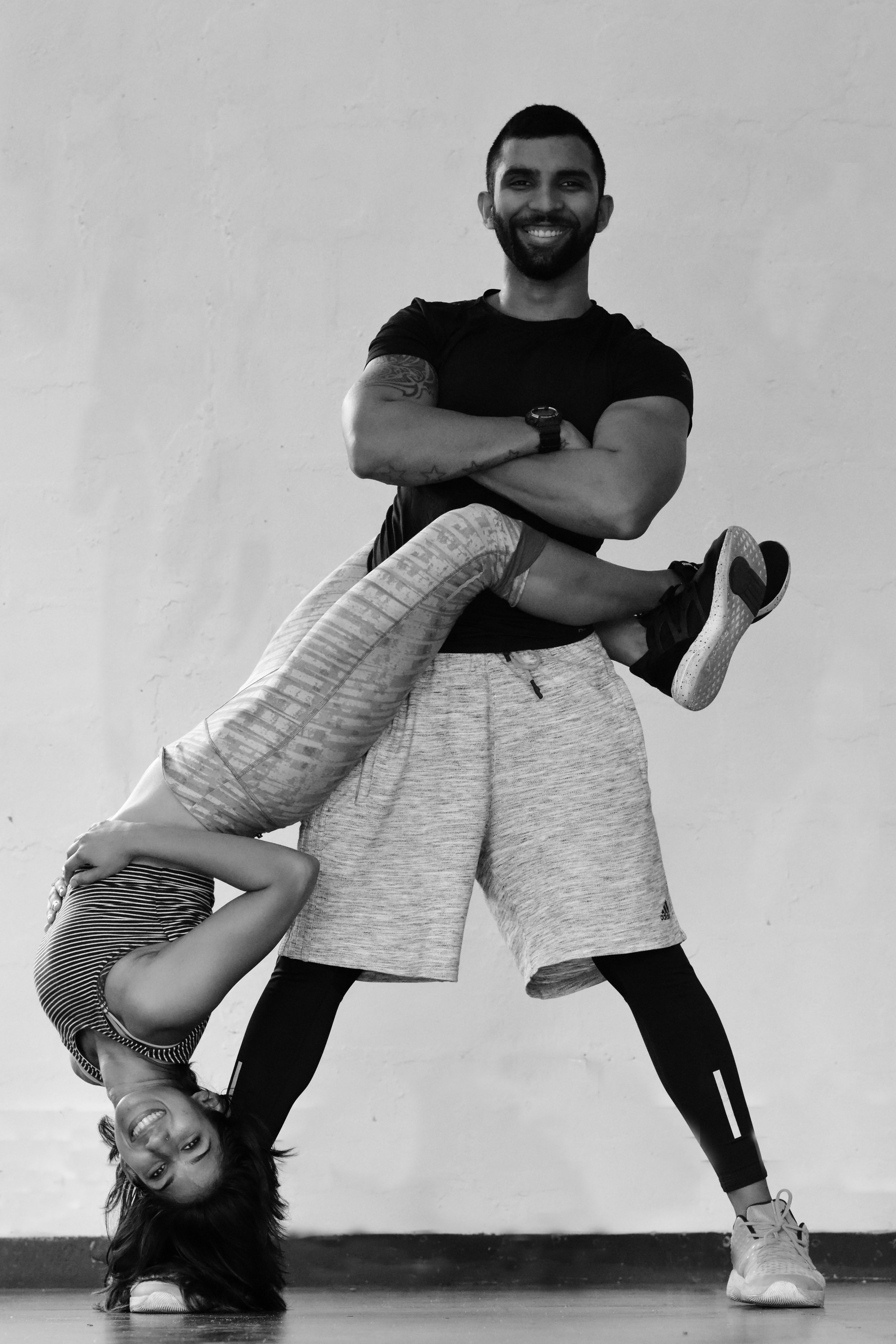
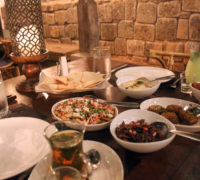
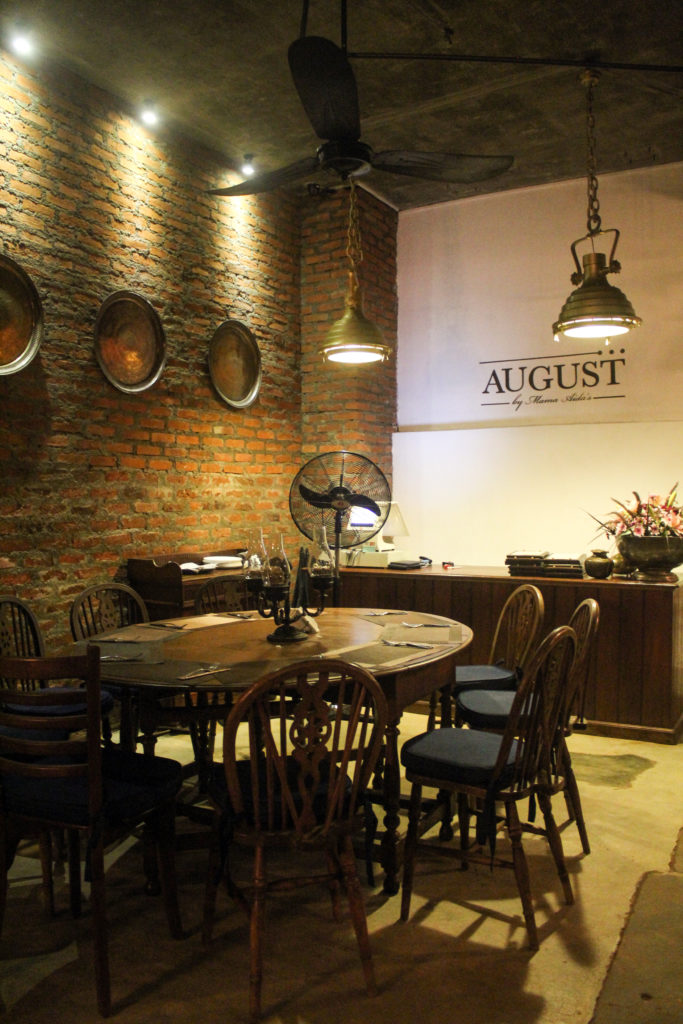
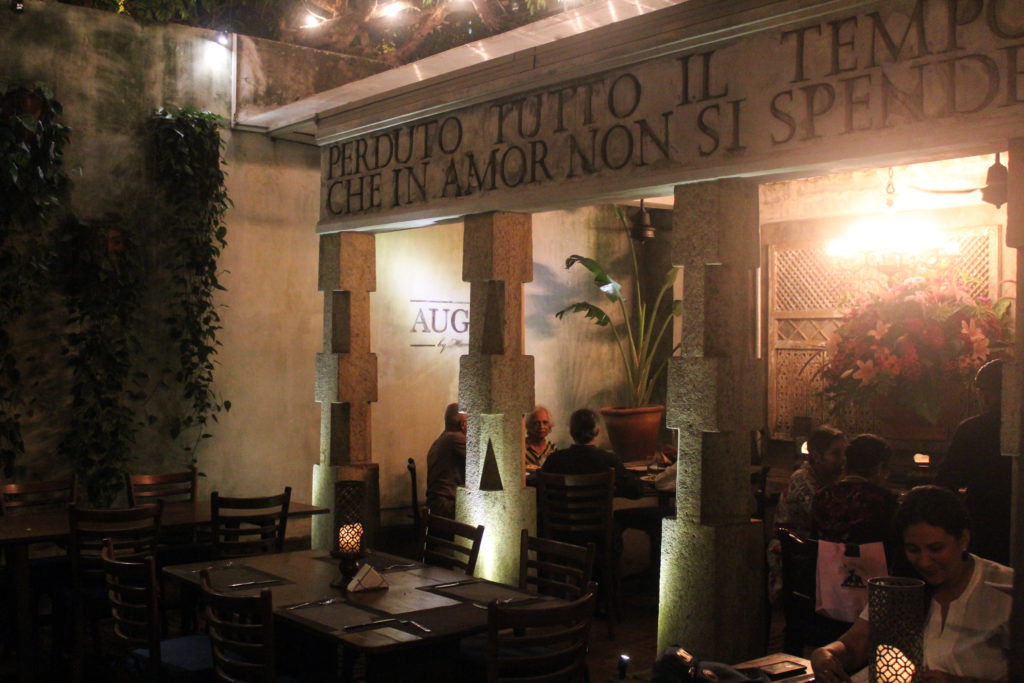
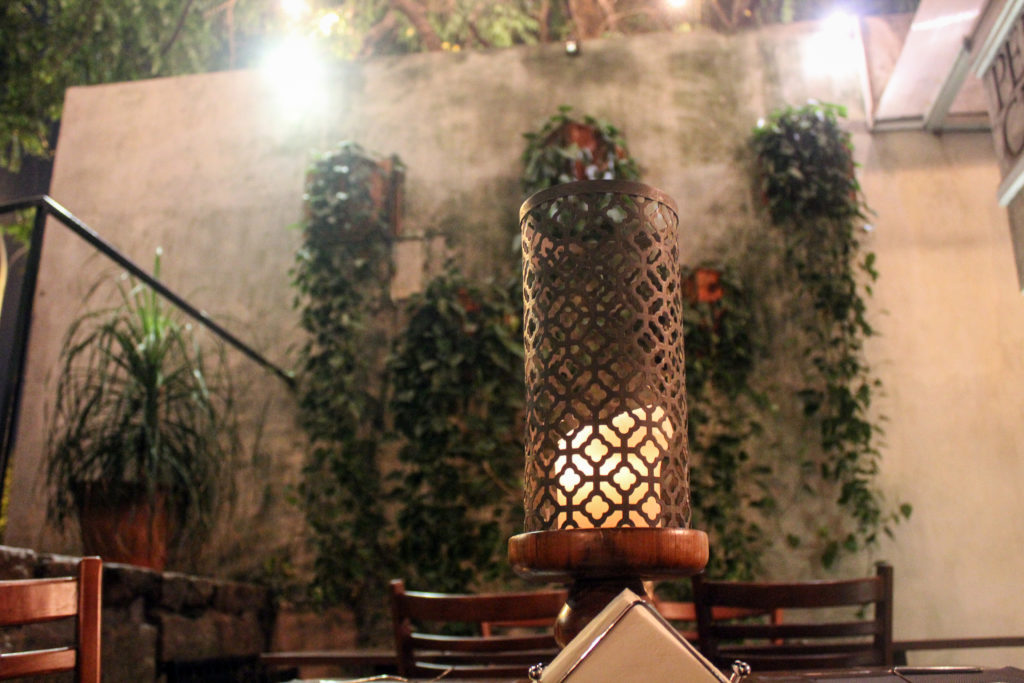
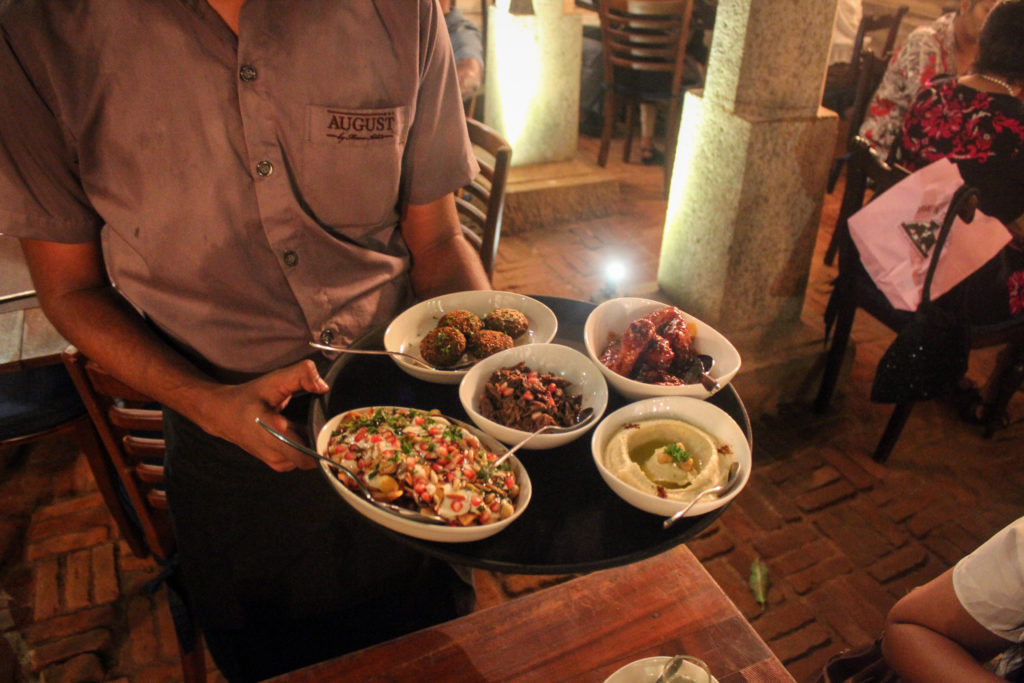
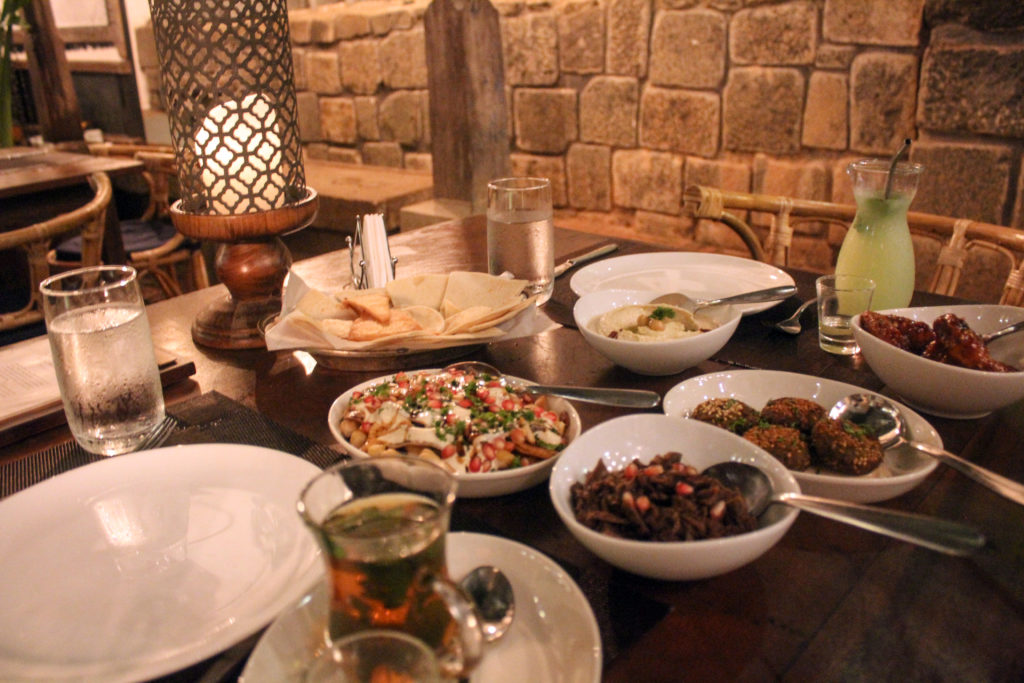
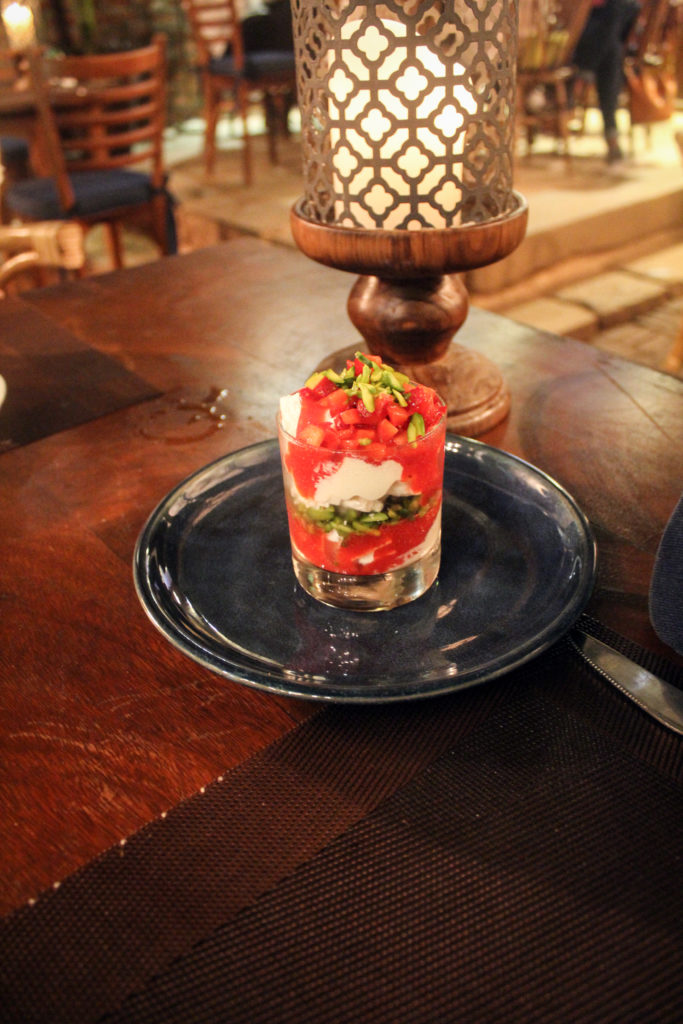
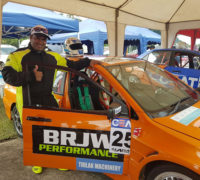
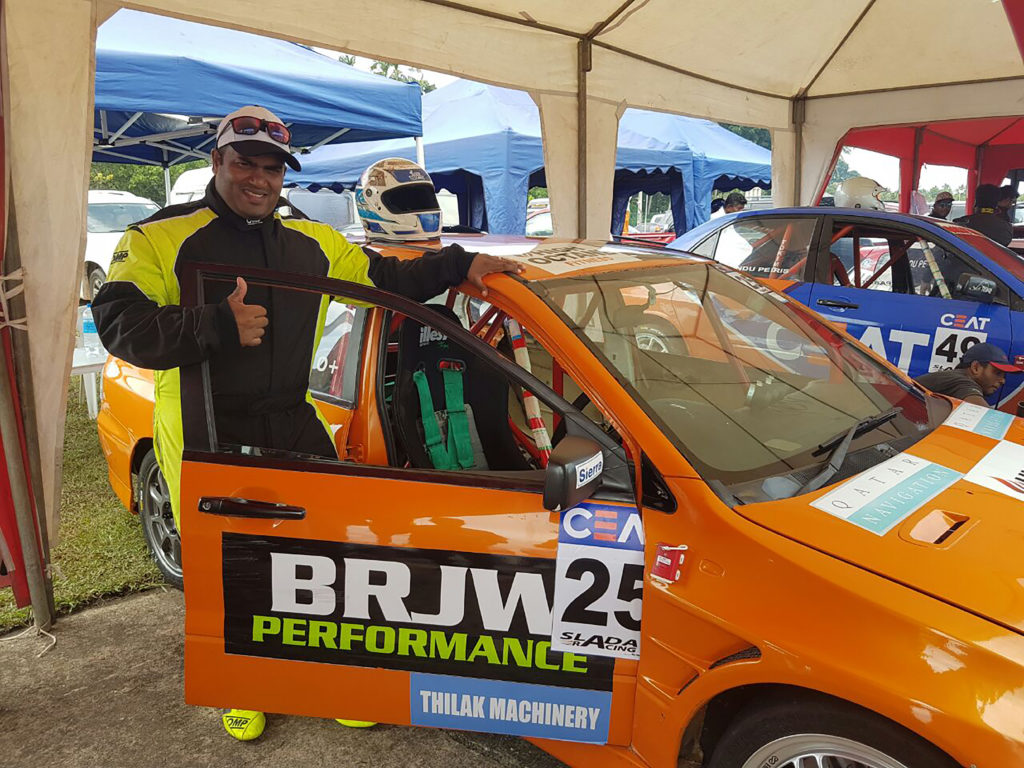
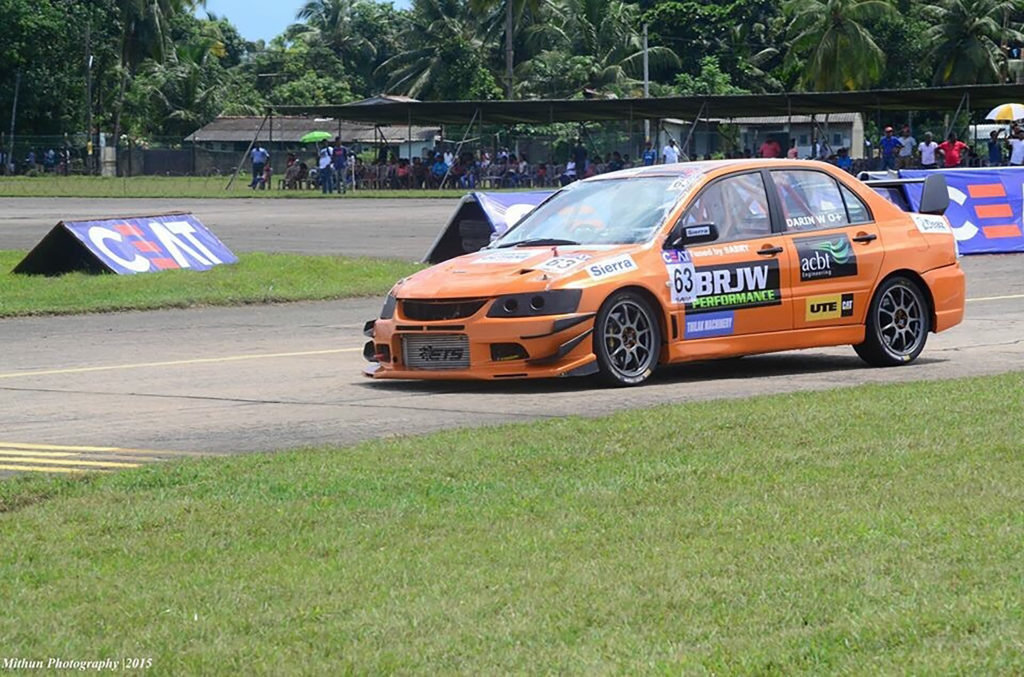
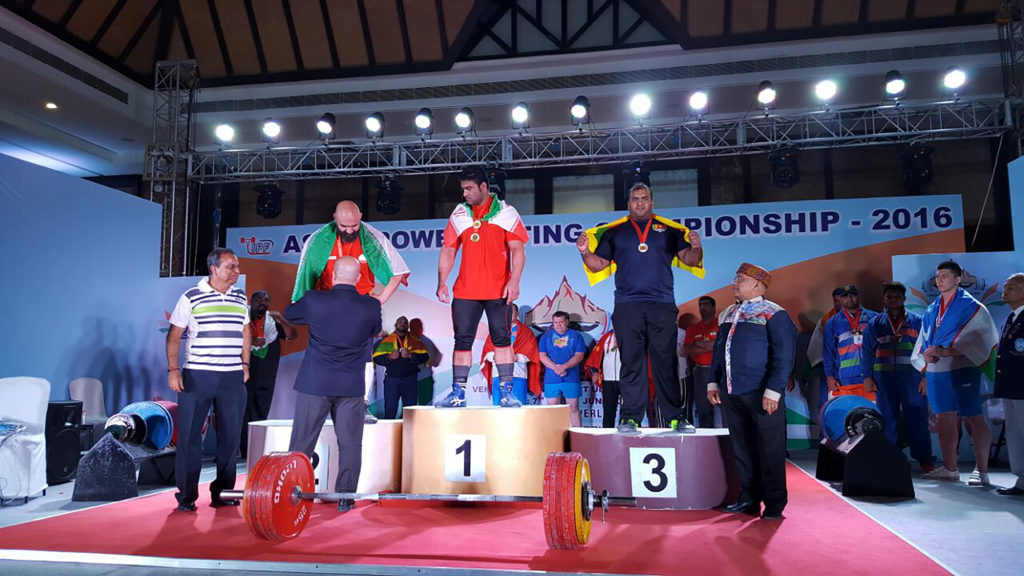
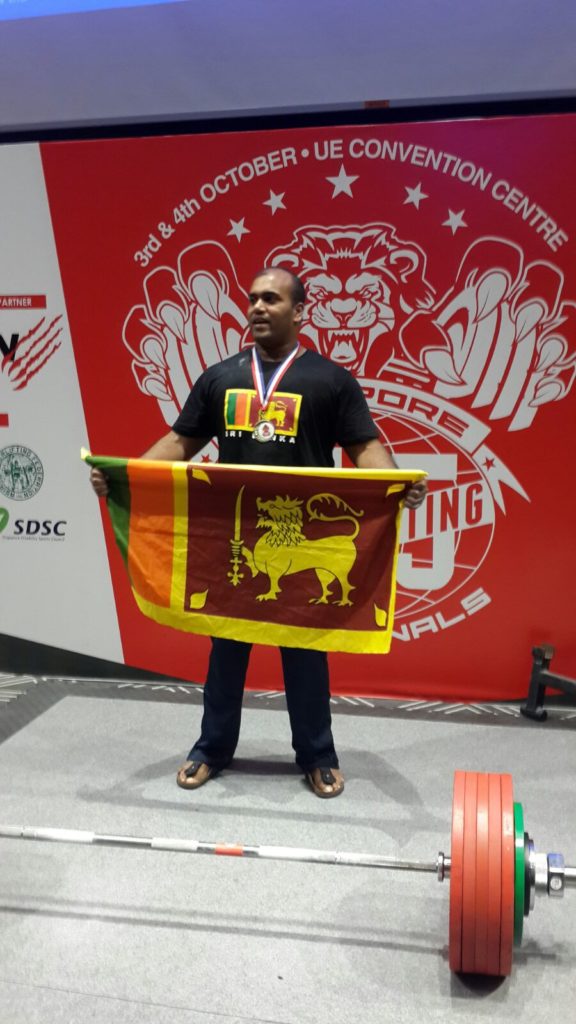
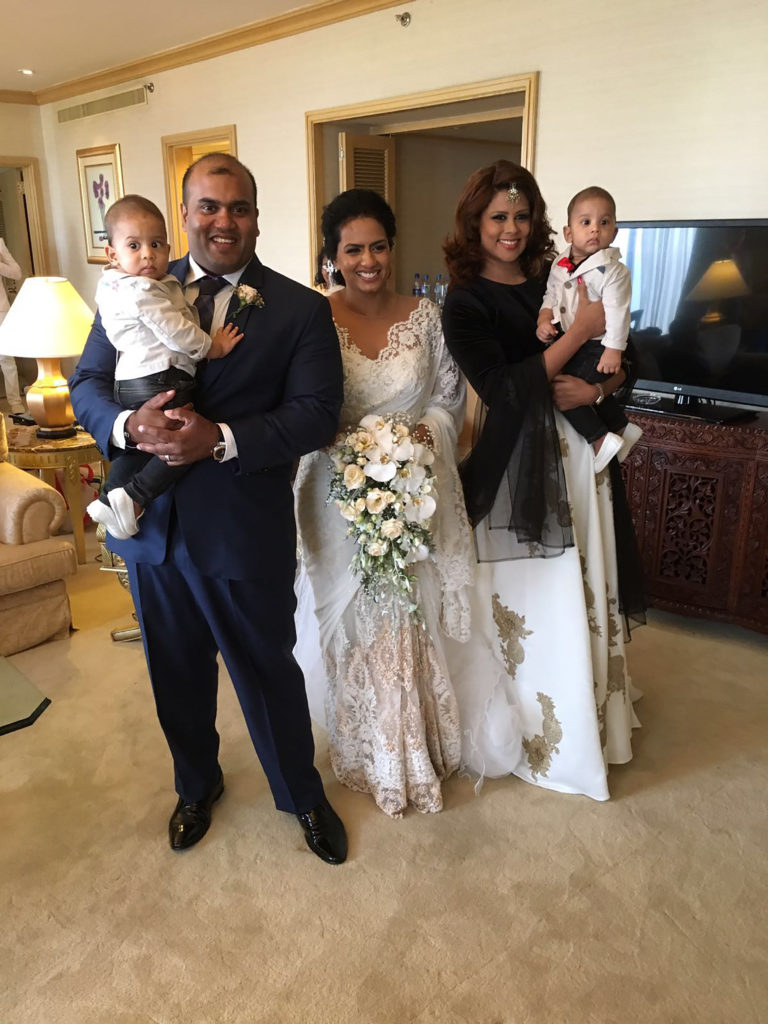
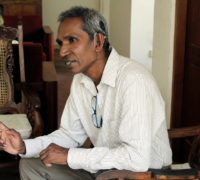
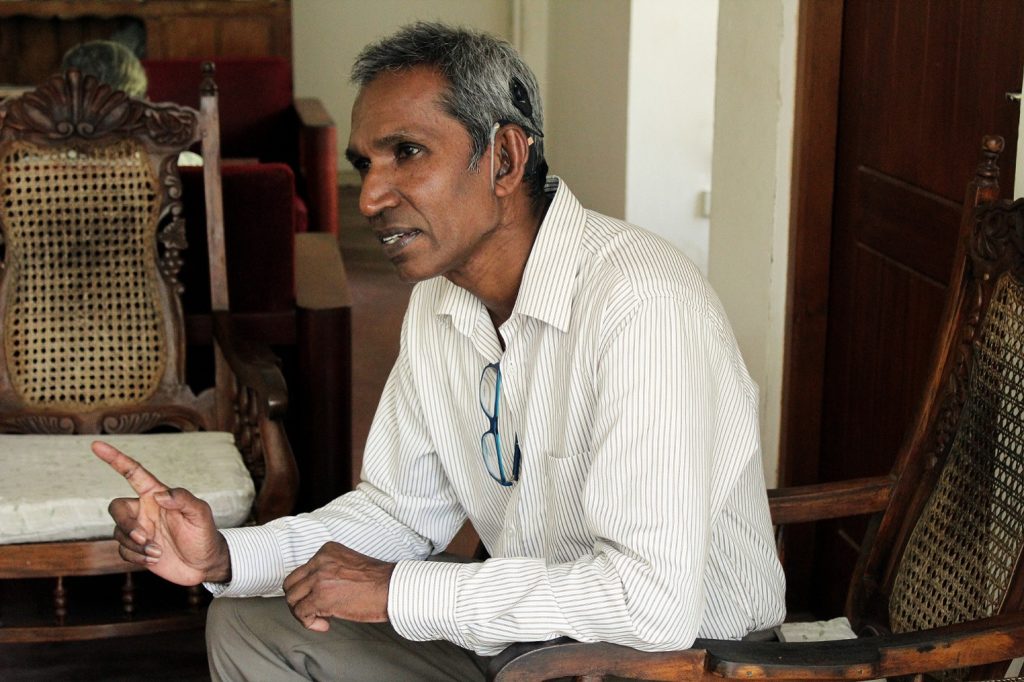
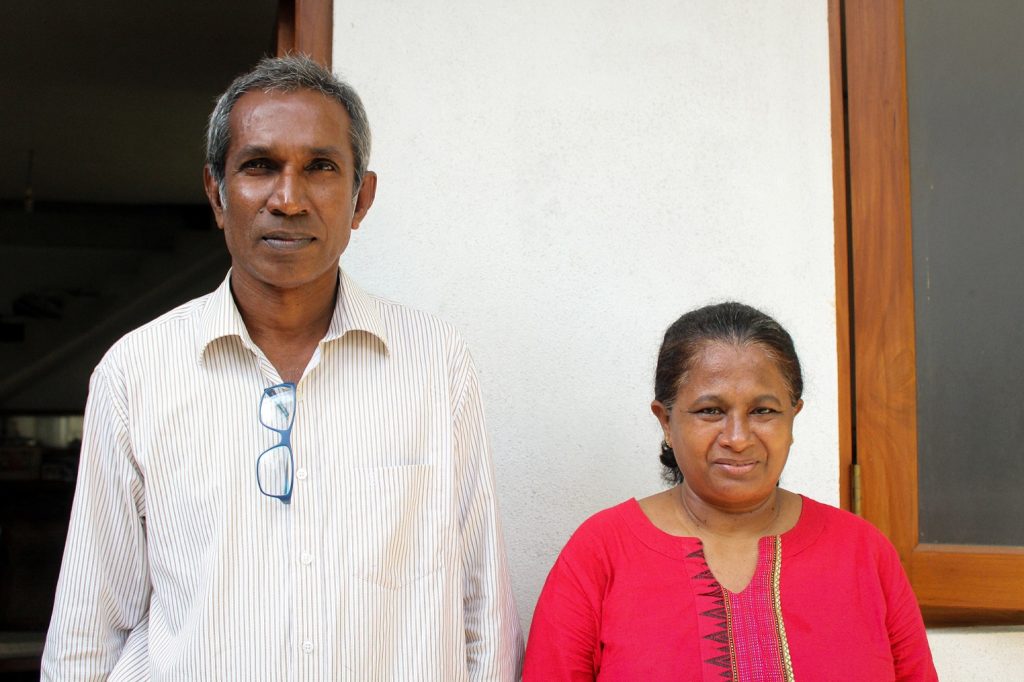
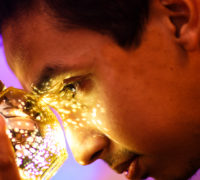
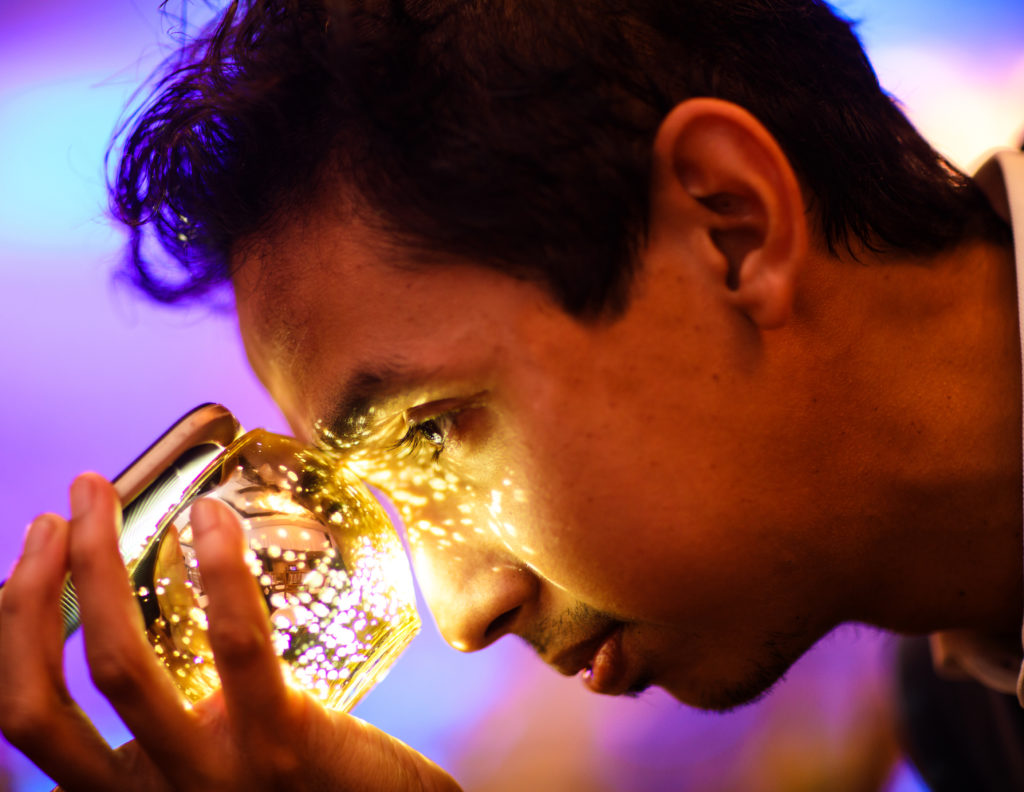
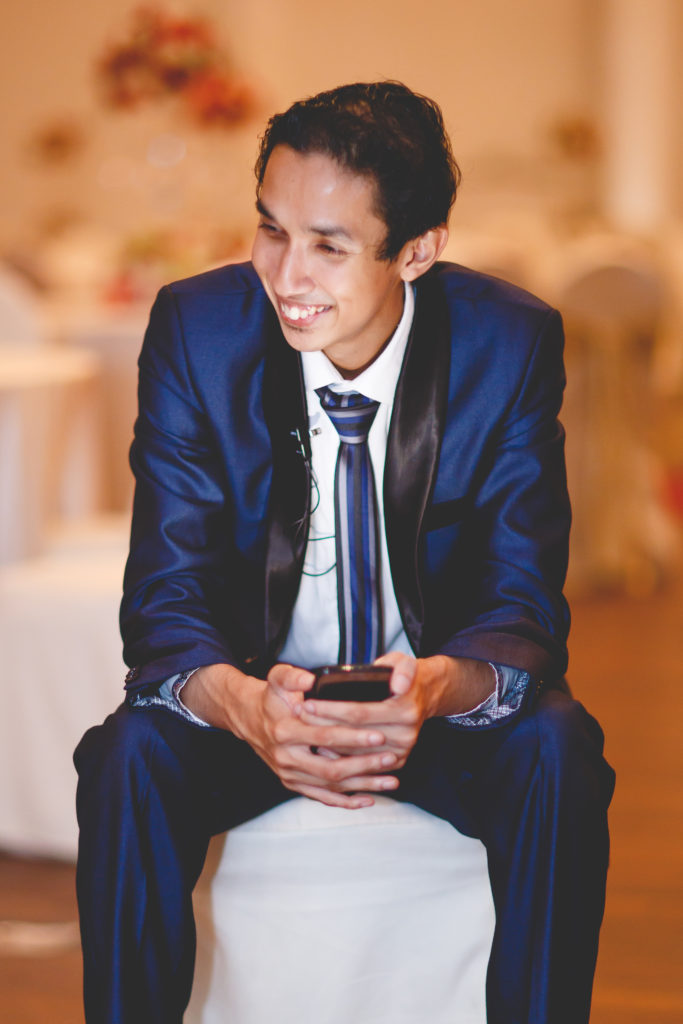
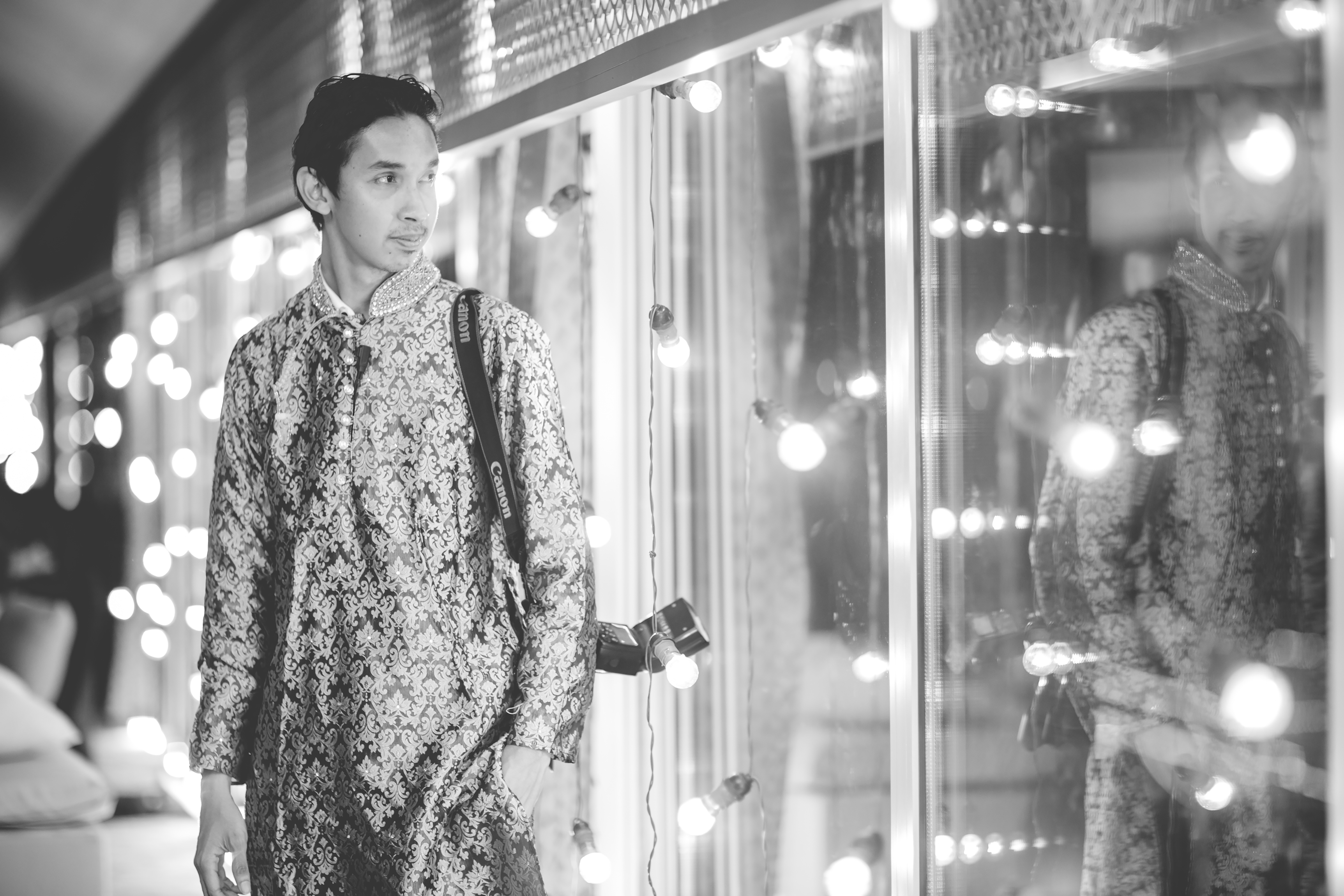
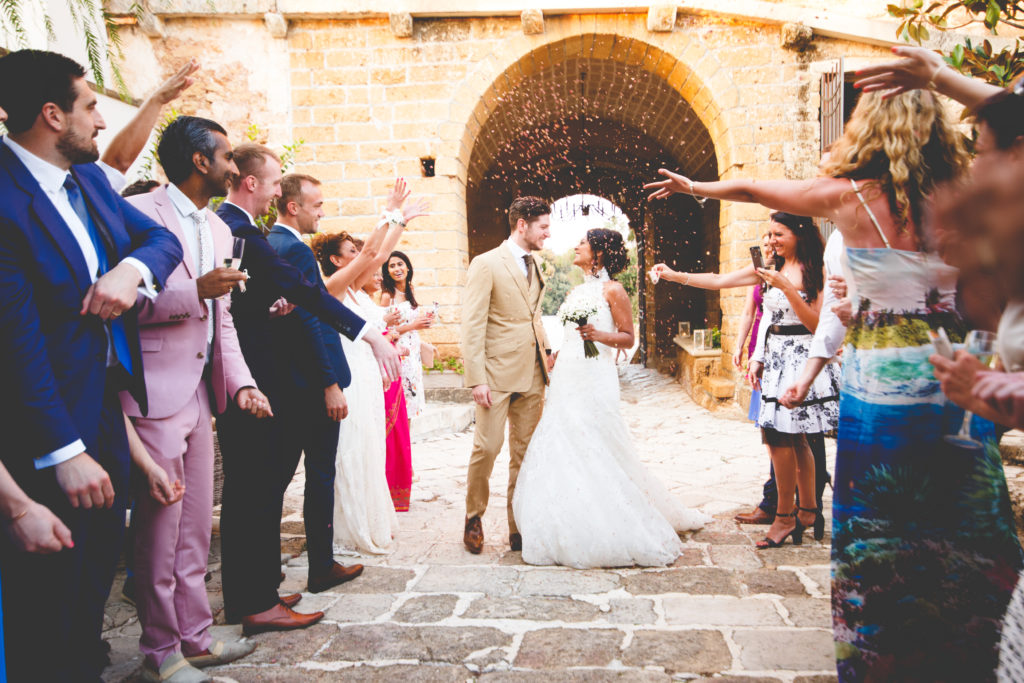
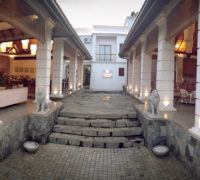

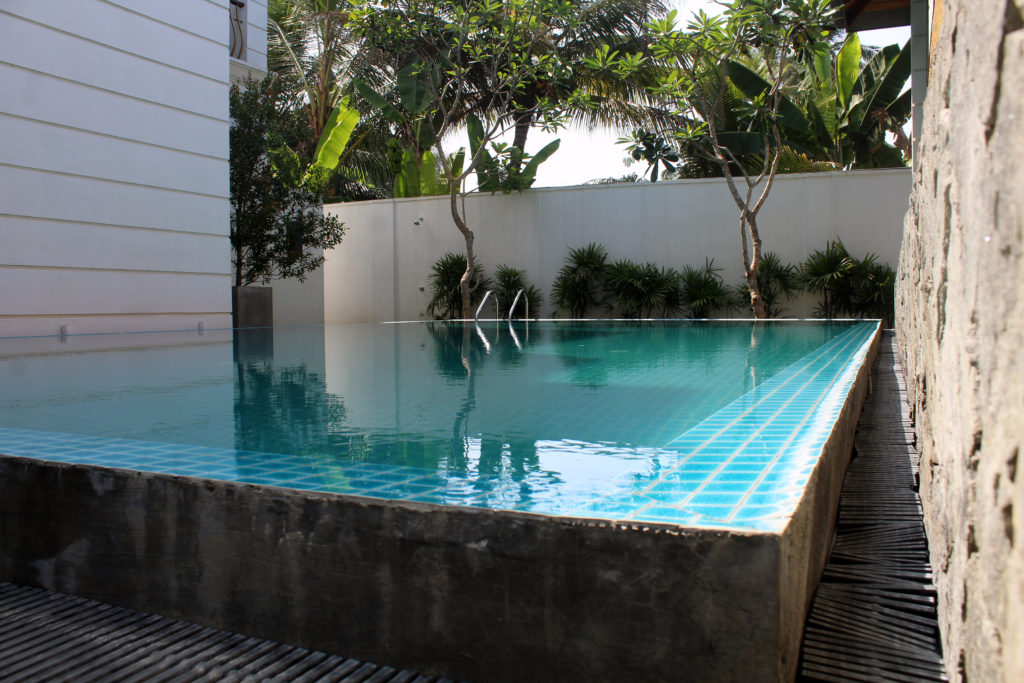

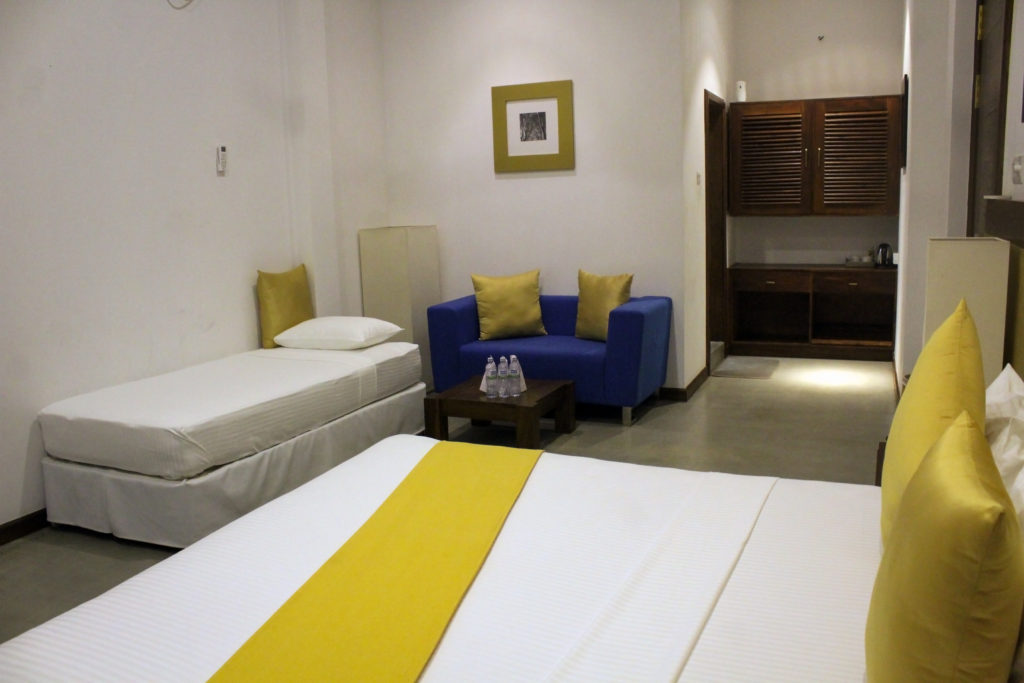
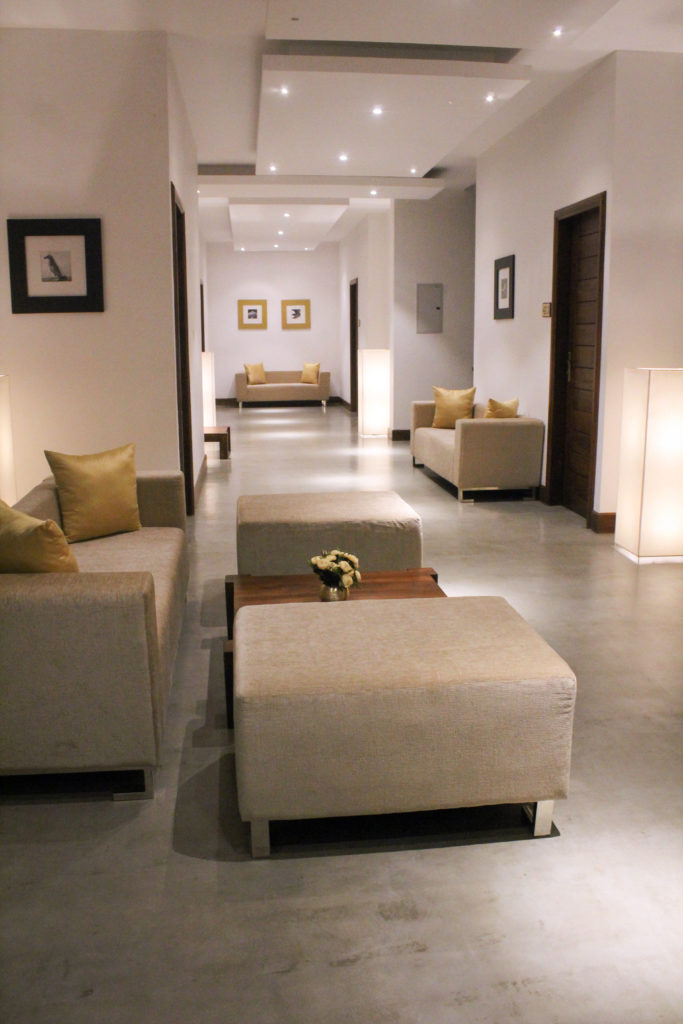
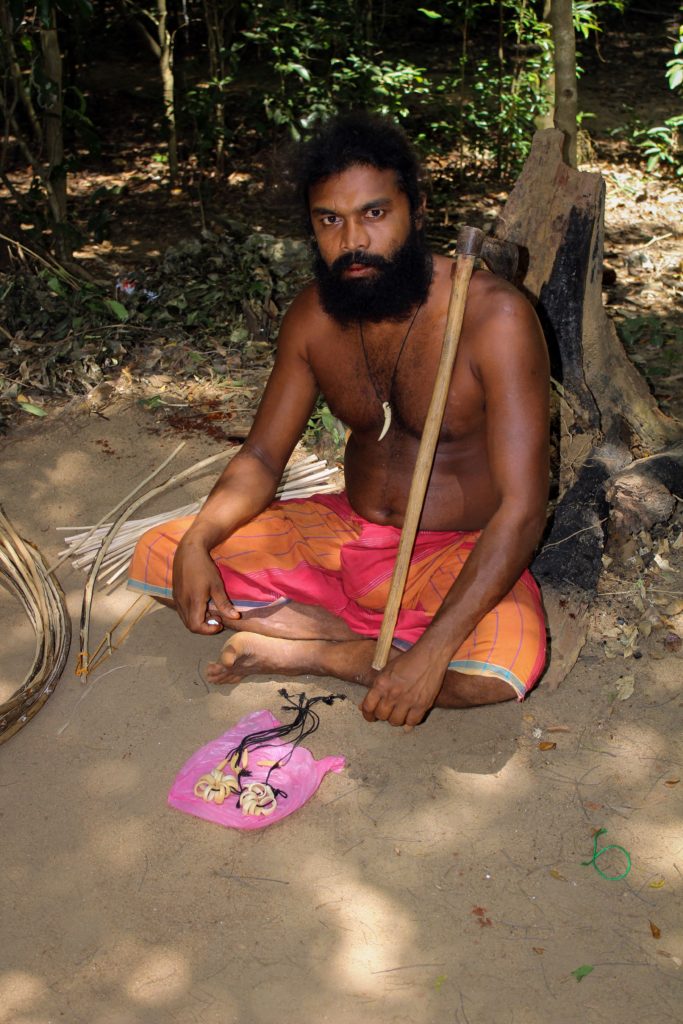
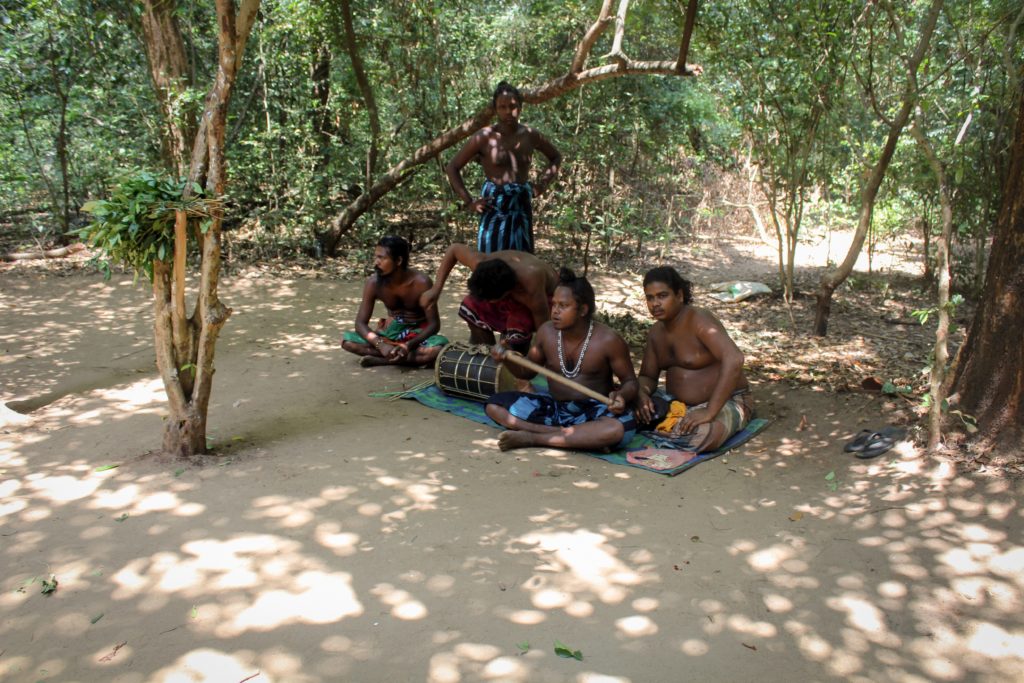
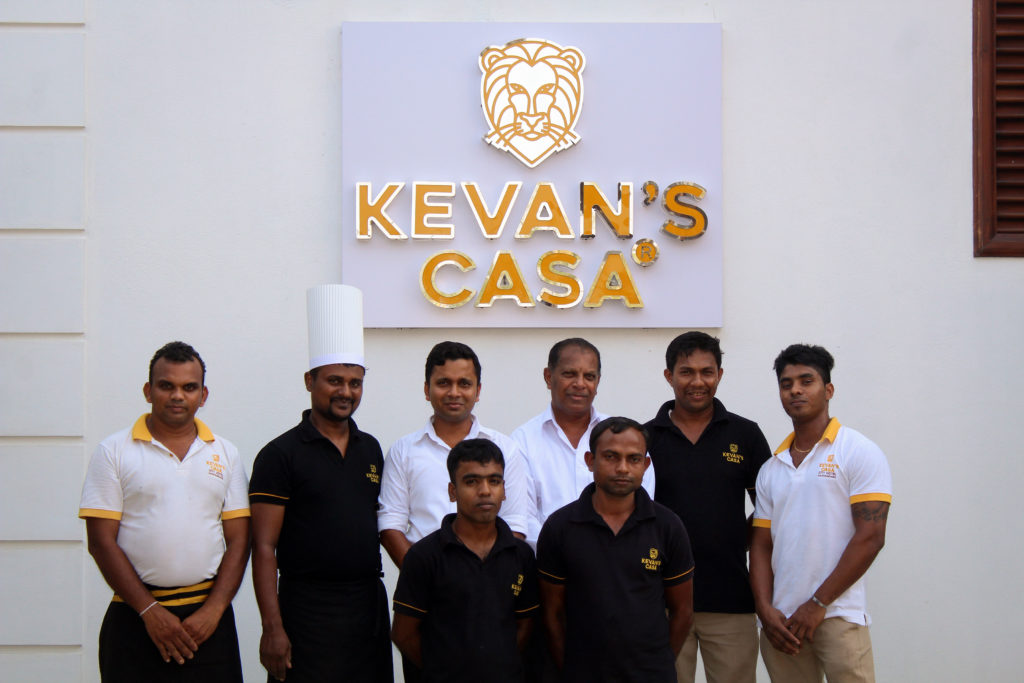
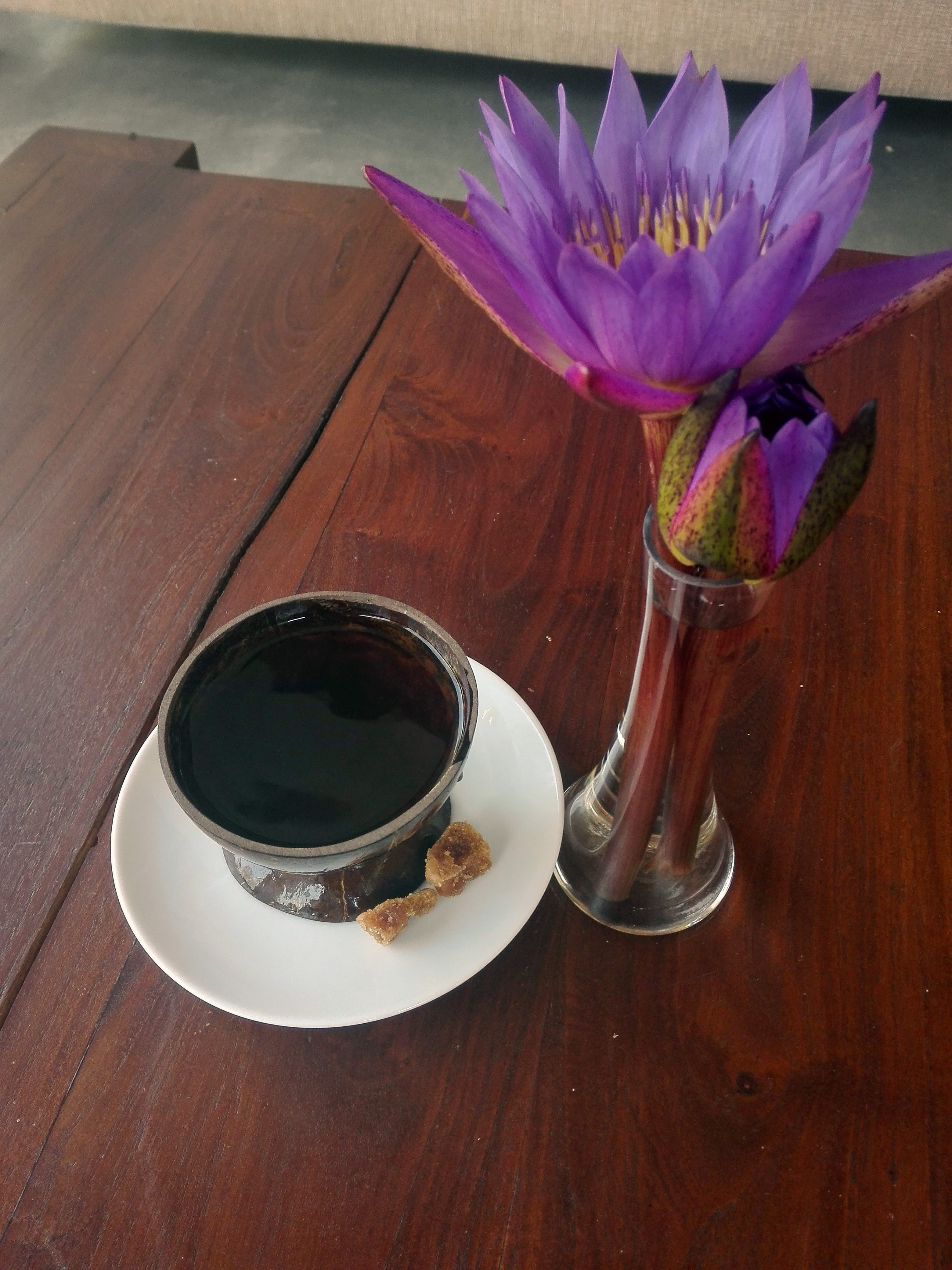 Amidst all this history and natural beauty lies this hotel which is actually named after the owner’s young son Kevan. We are told that reservations need to be made well in advance since despite being open for less than 6 months the hotel has constant tour groups from around the world, and many return visitors from among the locals. Affordable pricing, comfort, luxury and a true spirit of Sri Lanka is our guess for why people seem to fall in love with this little gem of a place.
Amidst all this history and natural beauty lies this hotel which is actually named after the owner’s young son Kevan. We are told that reservations need to be made well in advance since despite being open for less than 6 months the hotel has constant tour groups from around the world, and many return visitors from among the locals. Affordable pricing, comfort, luxury and a true spirit of Sri Lanka is our guess for why people seem to fall in love with this little gem of a place.